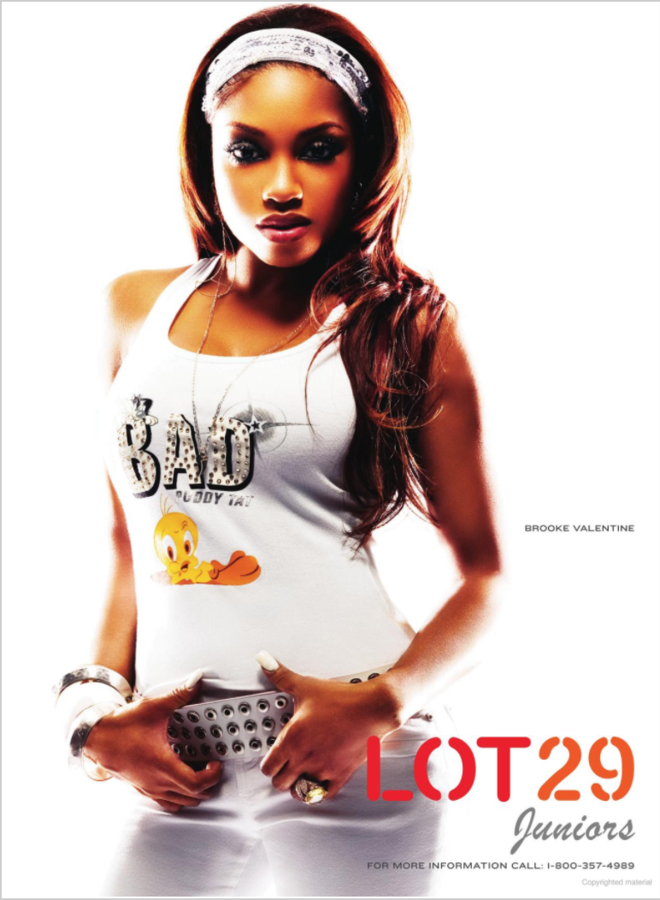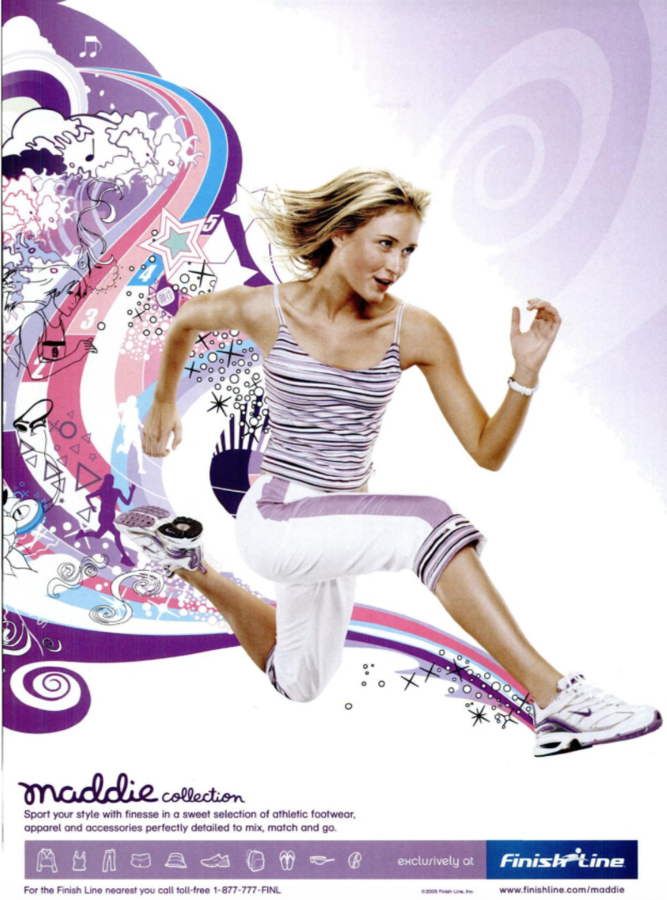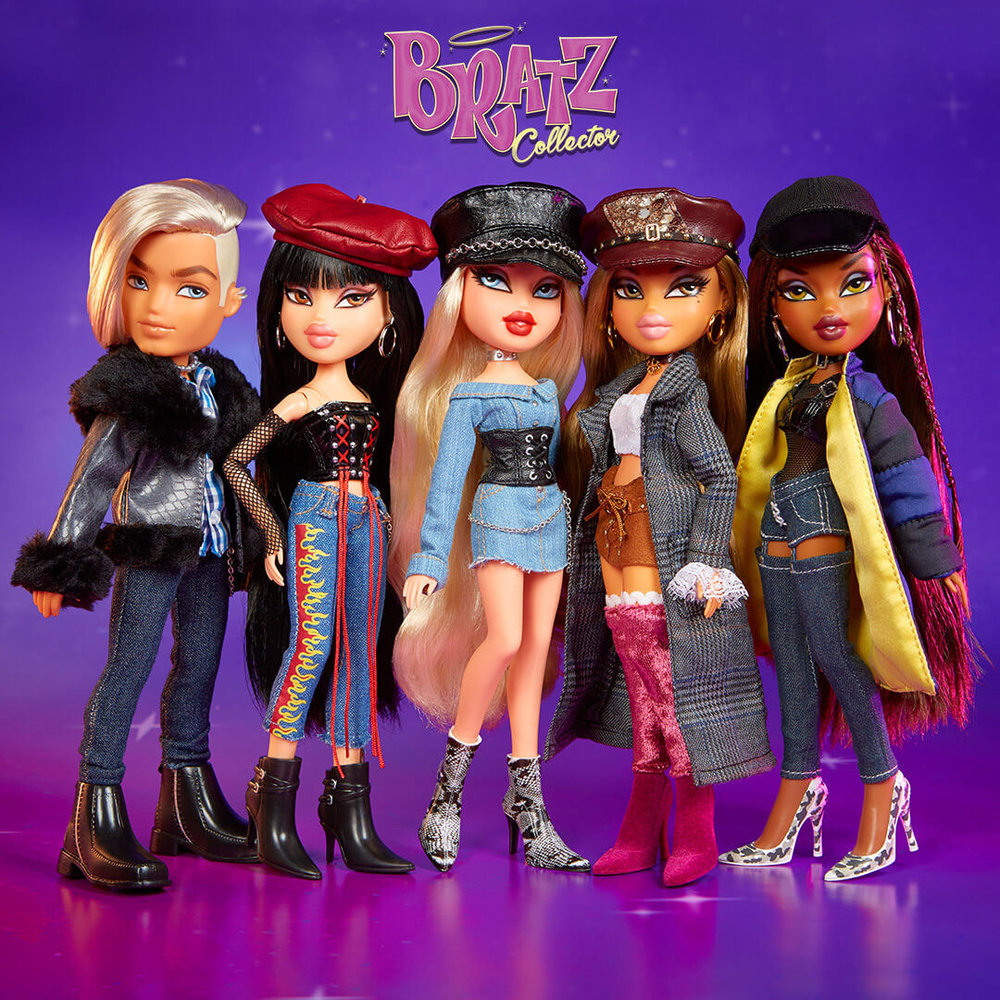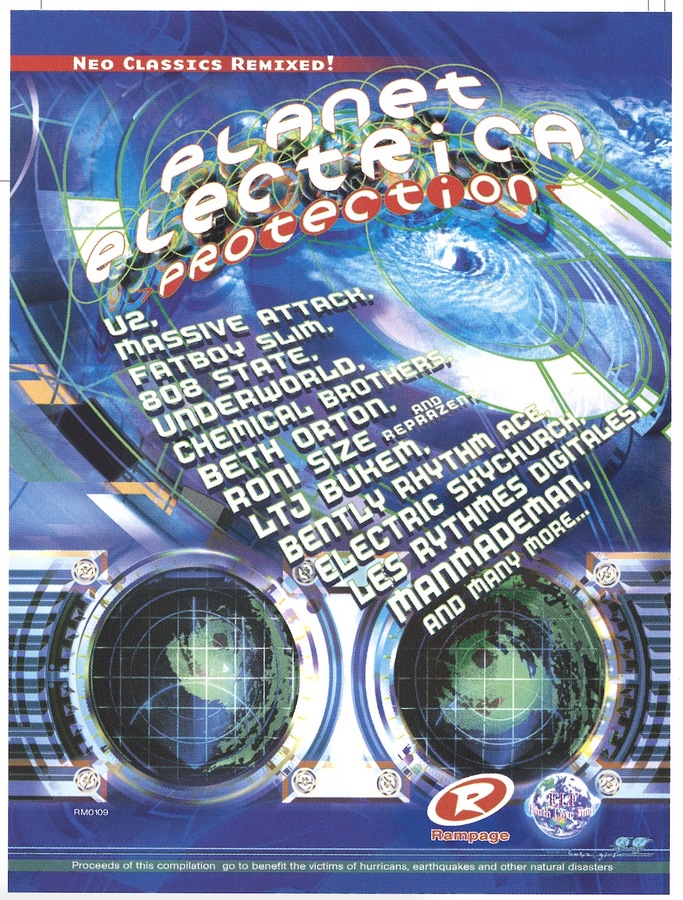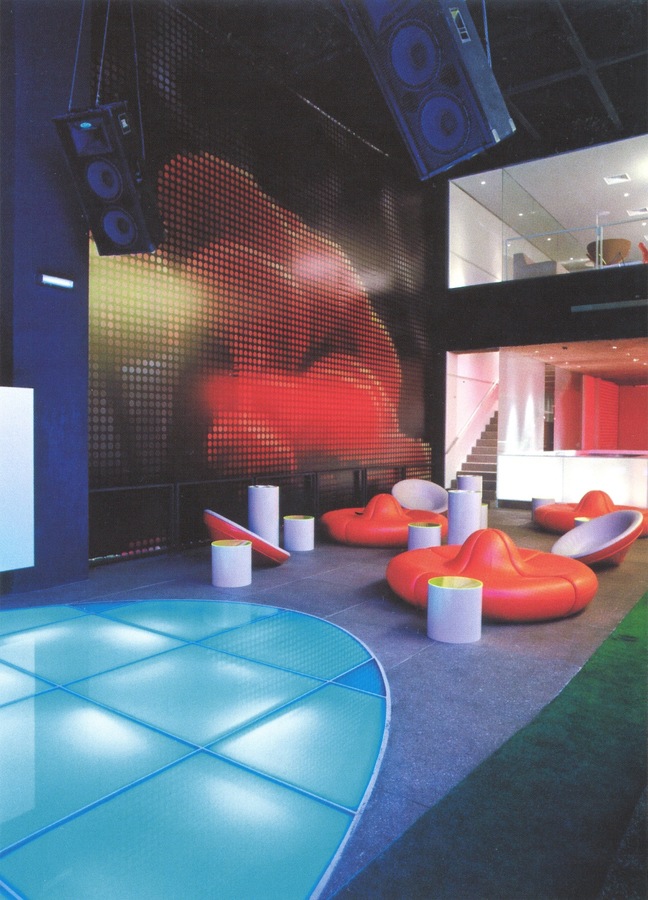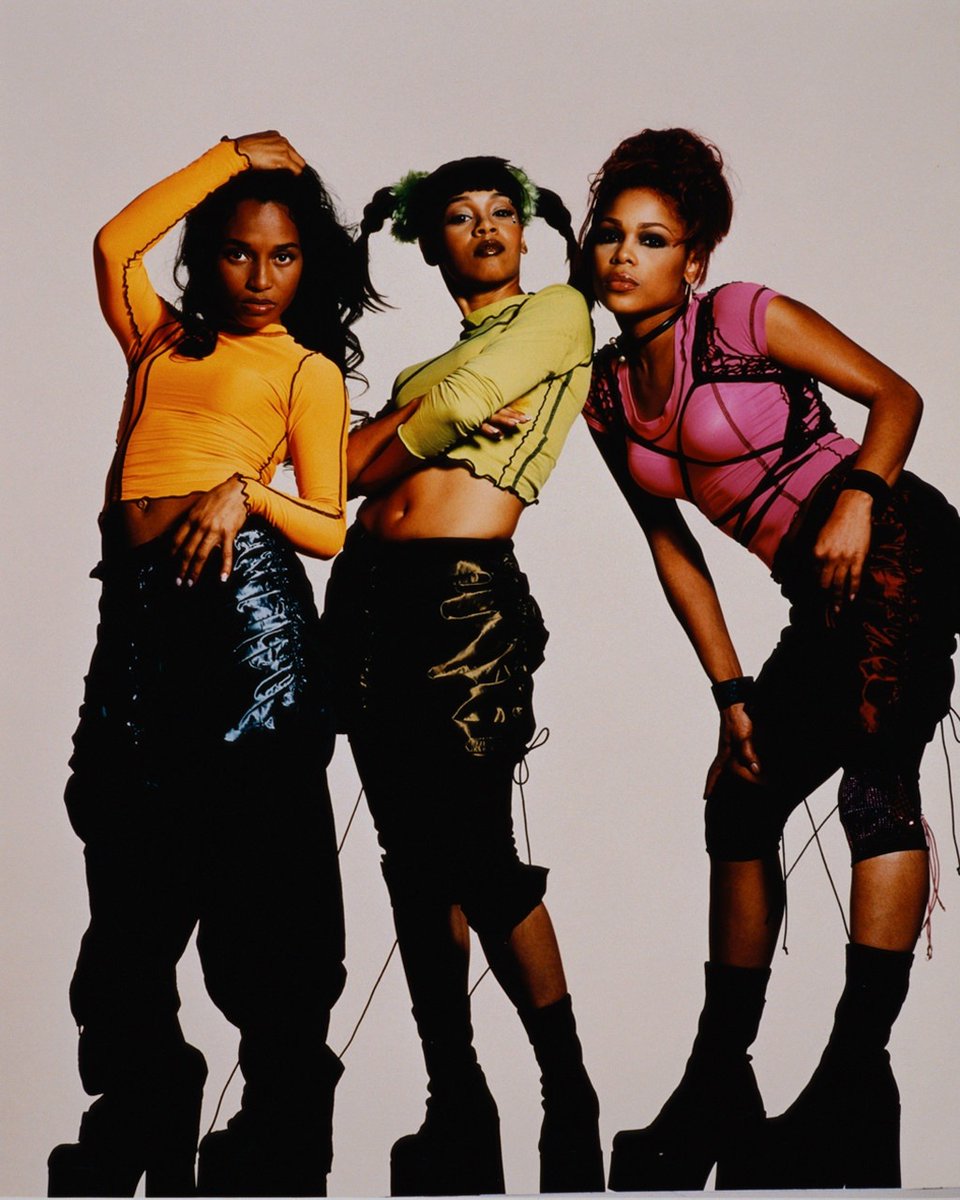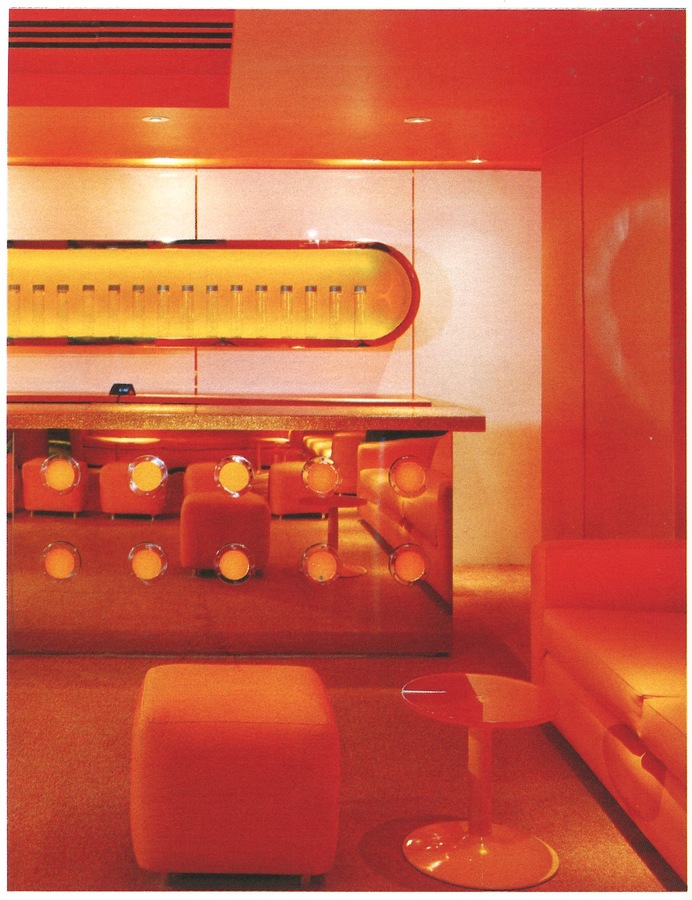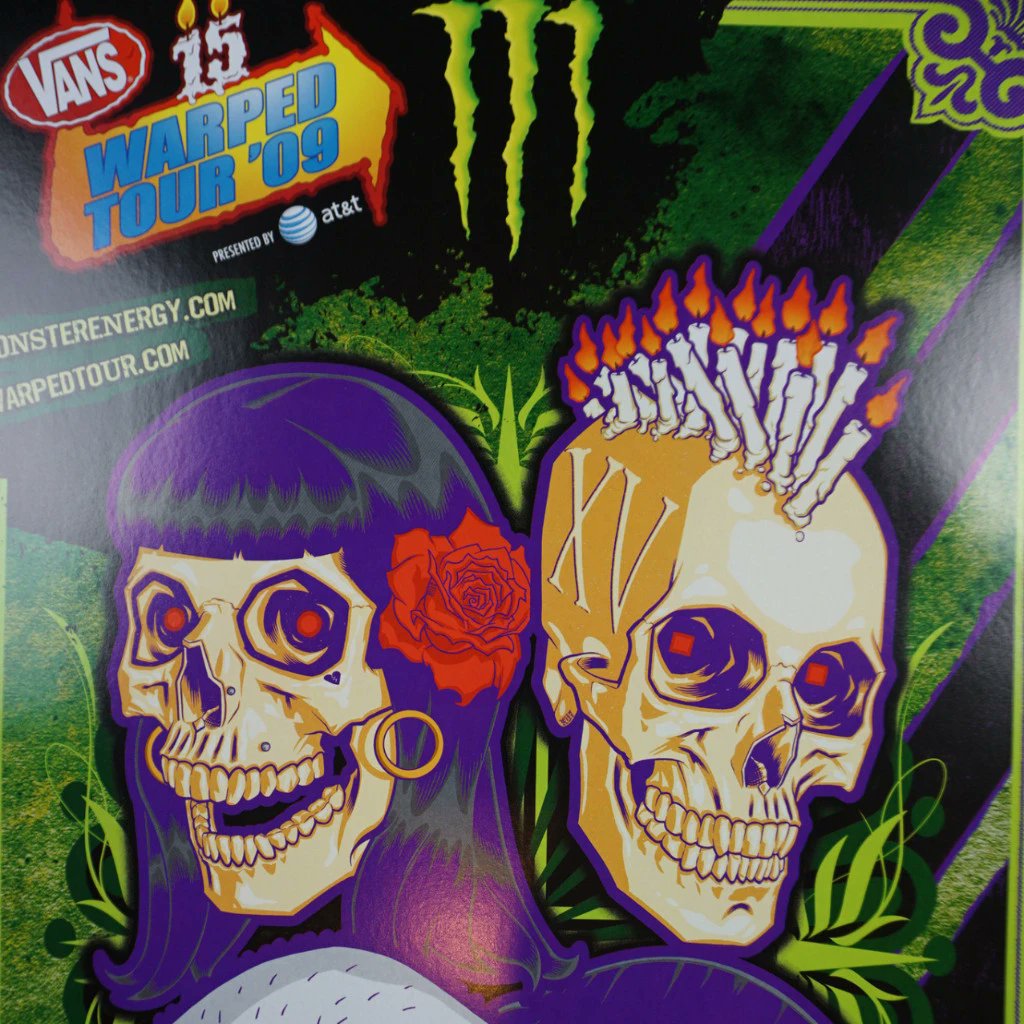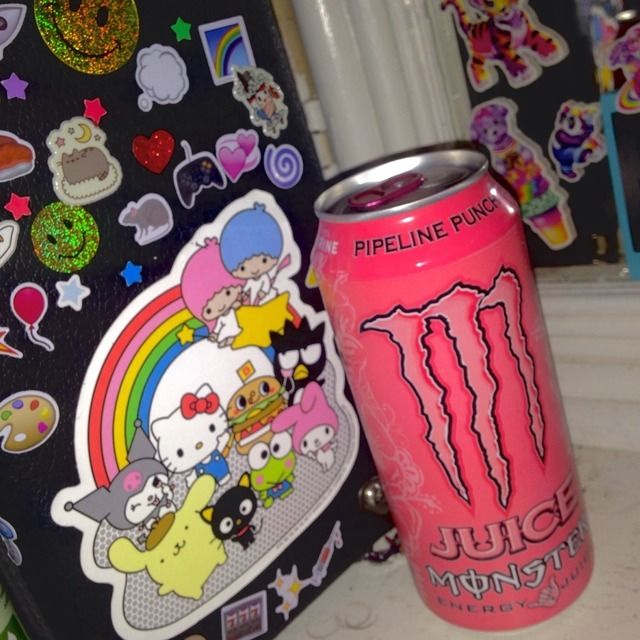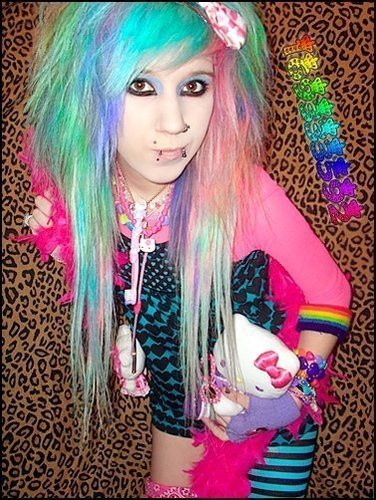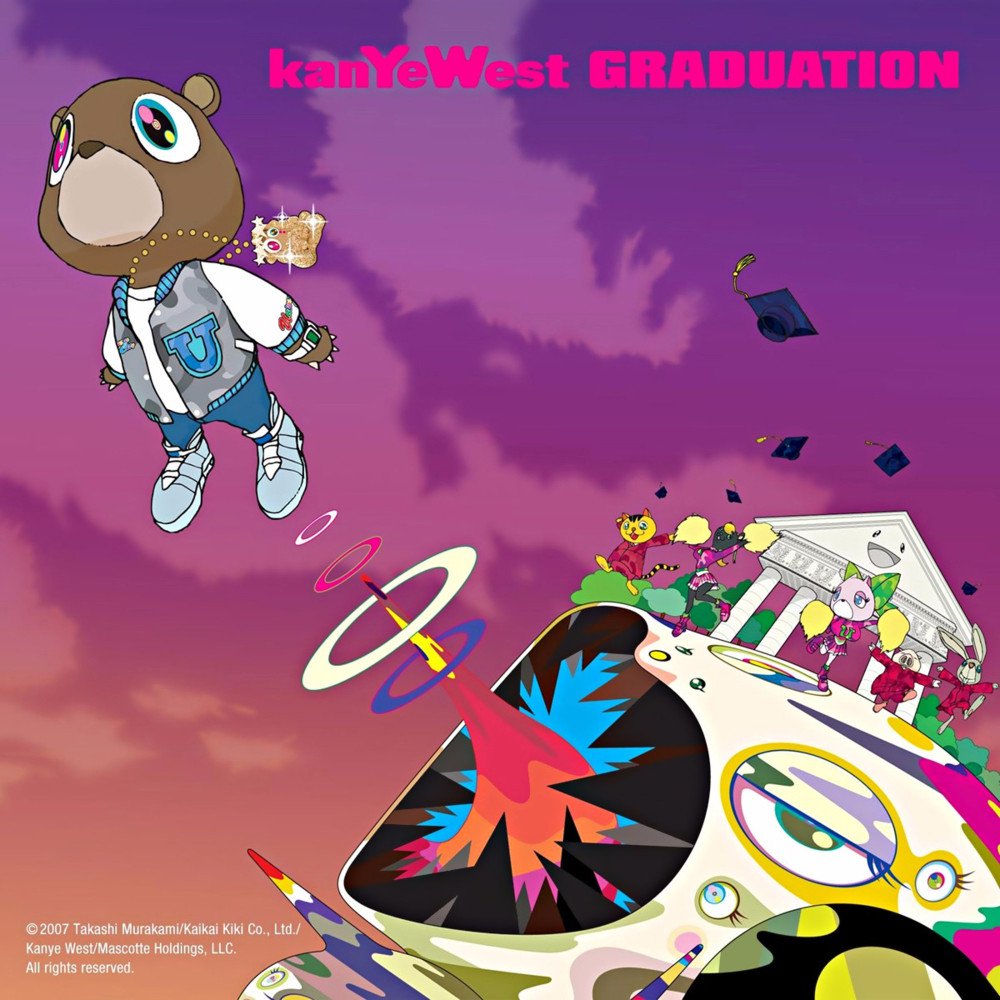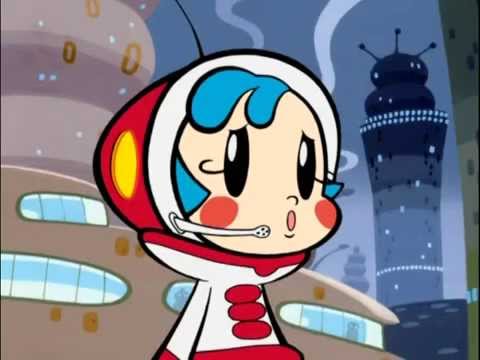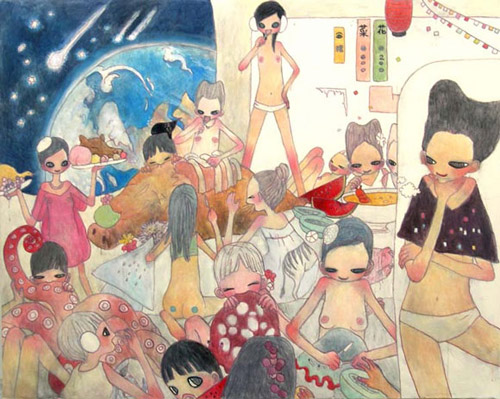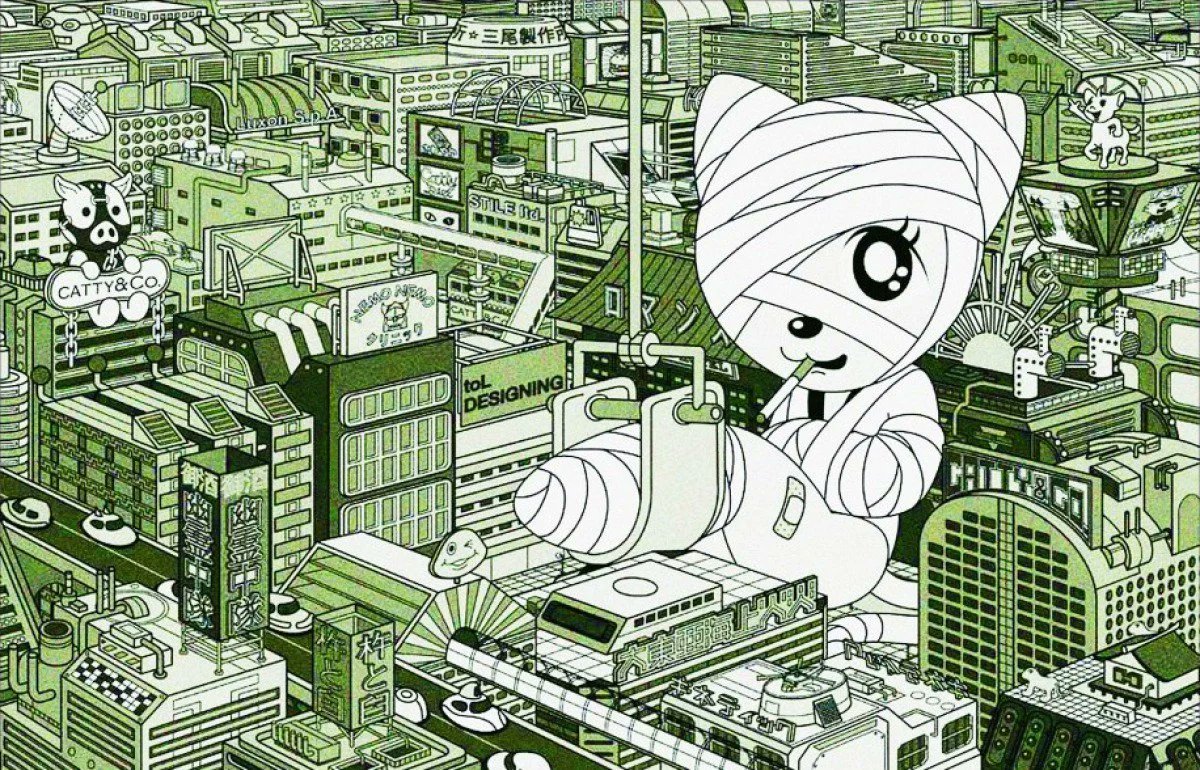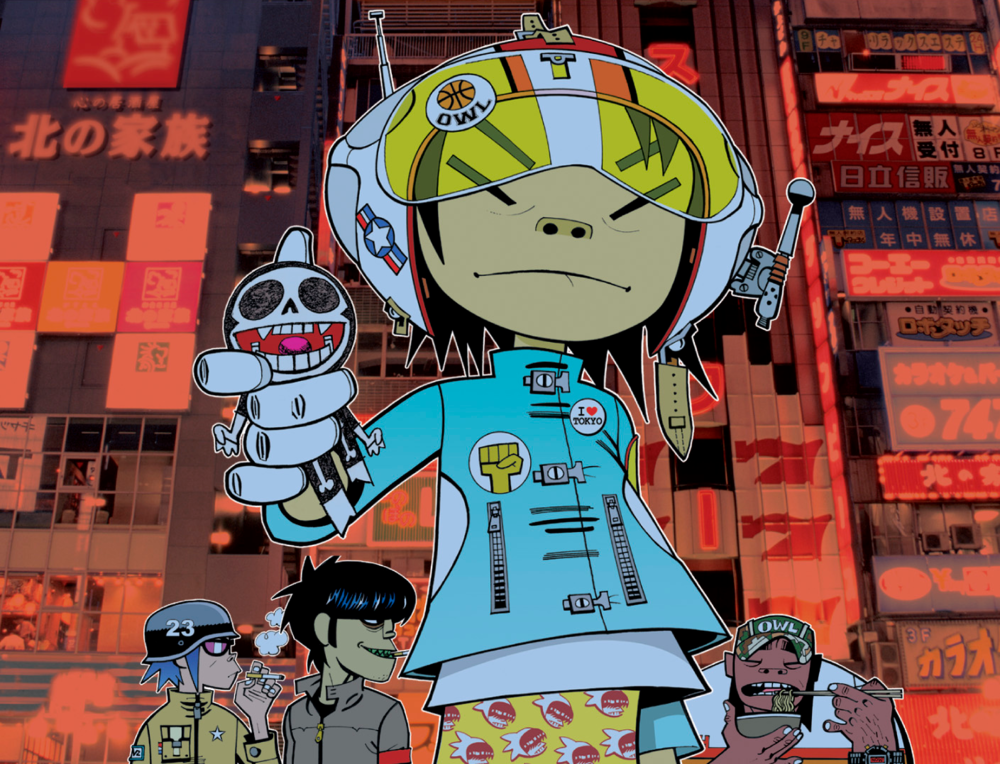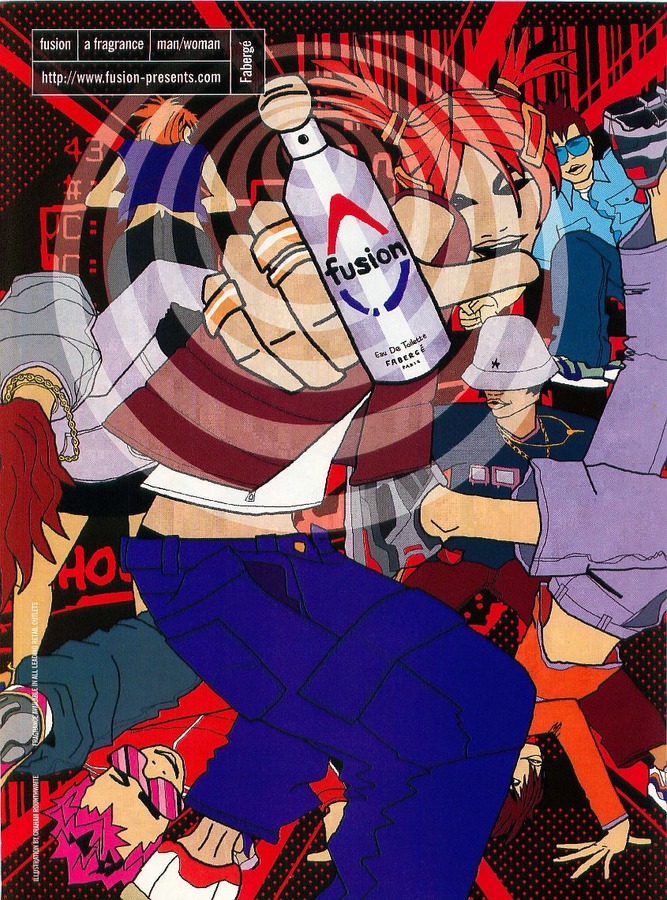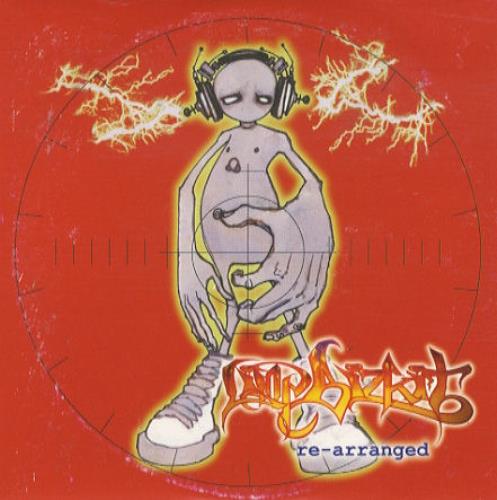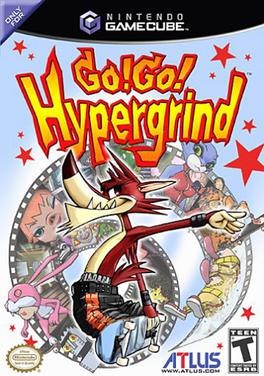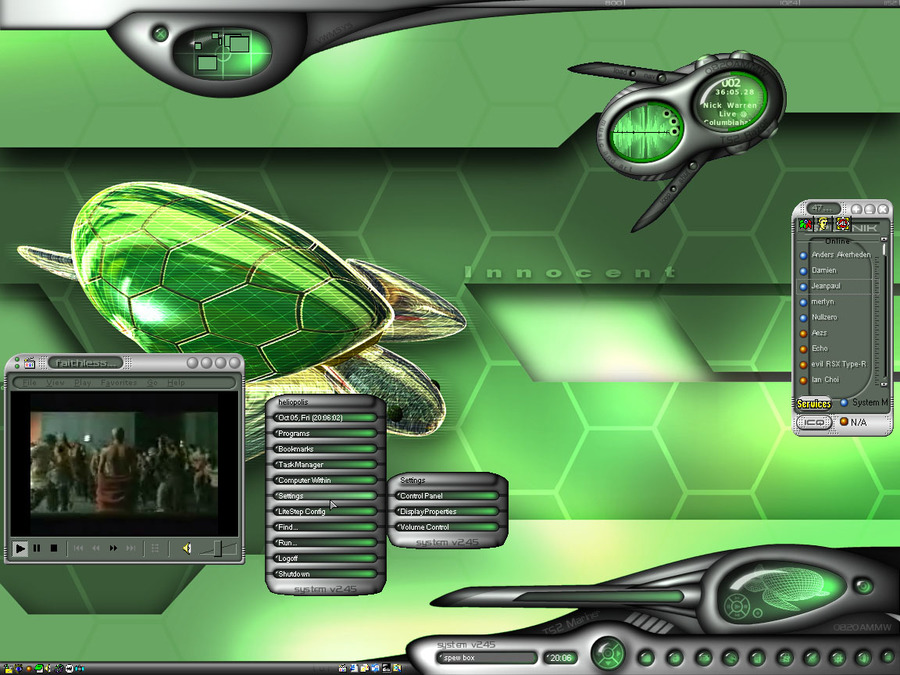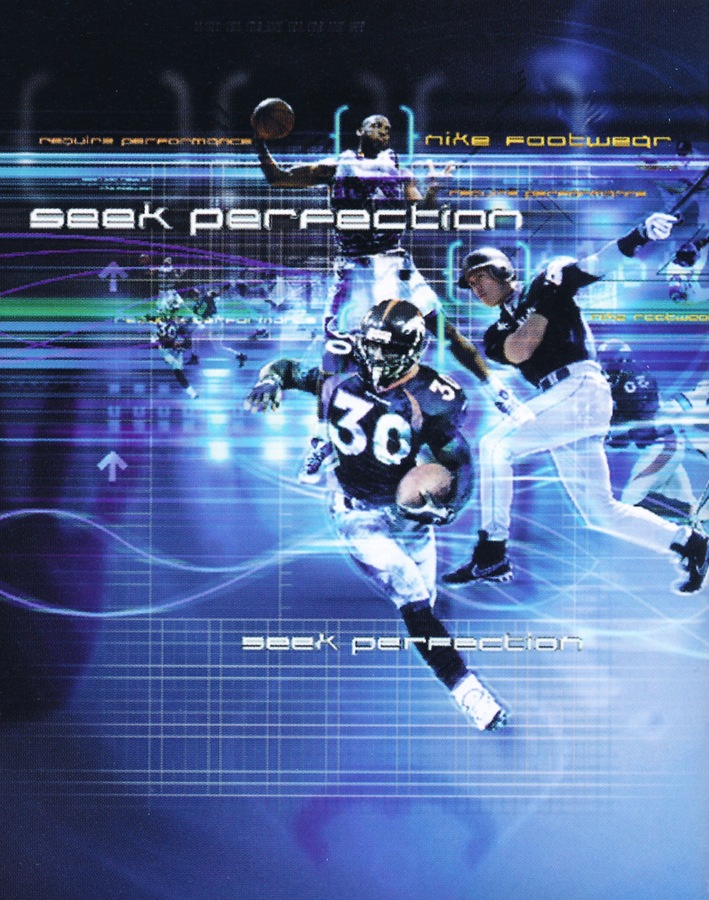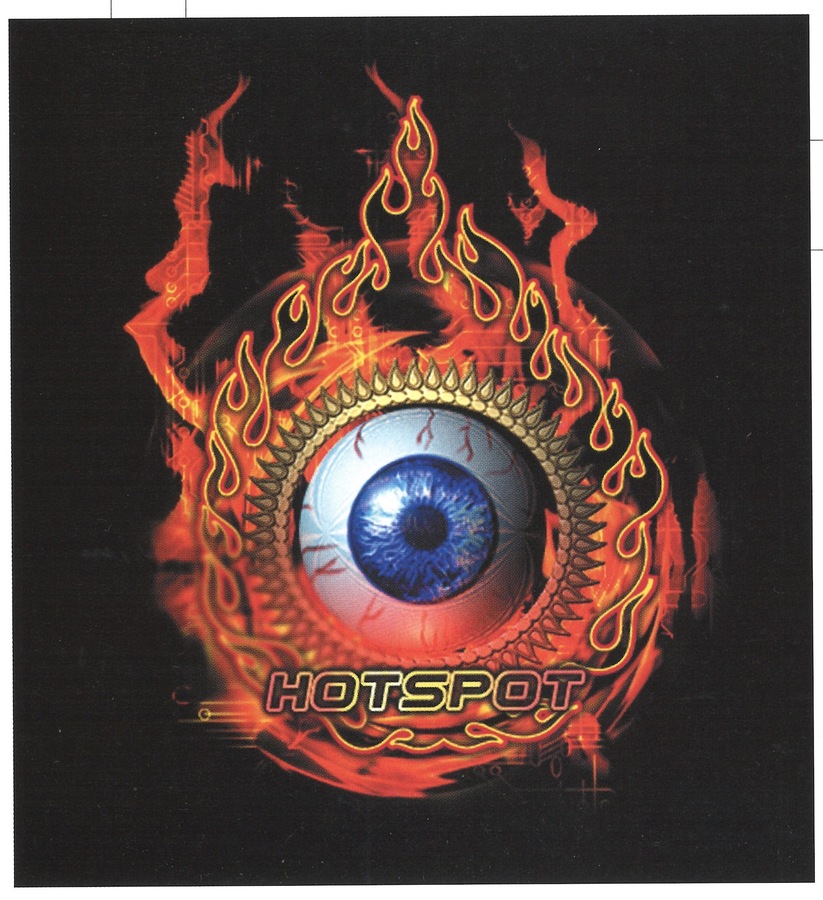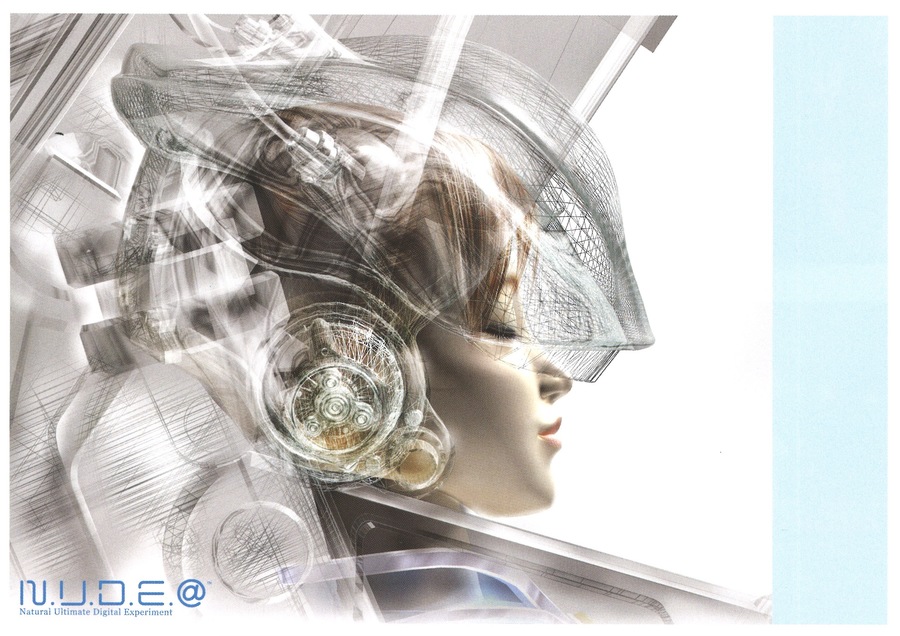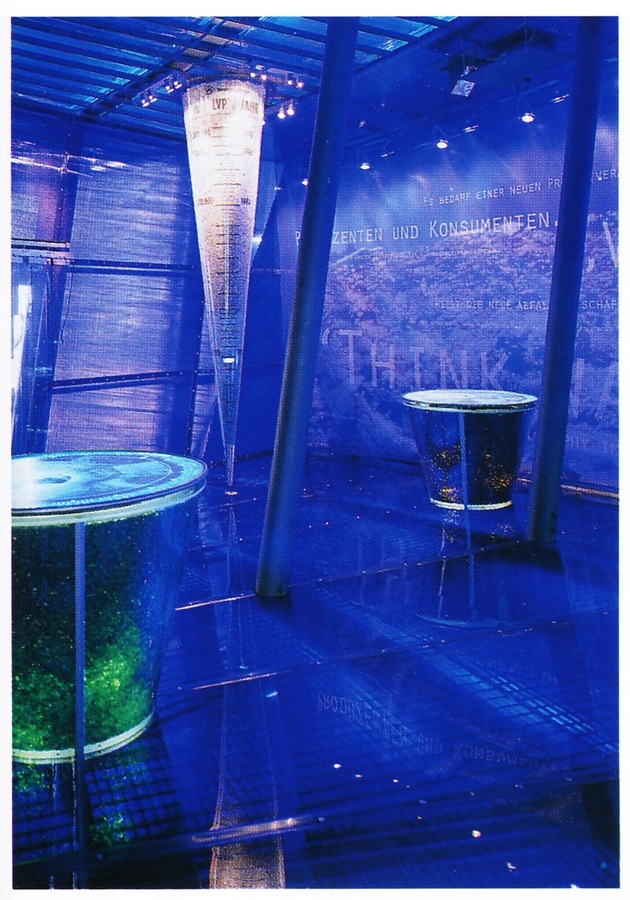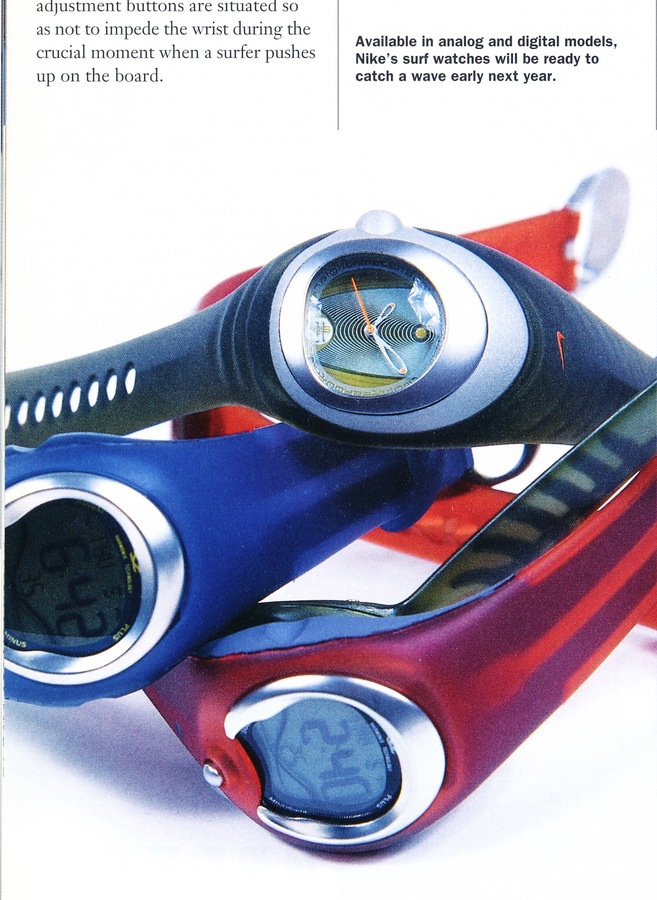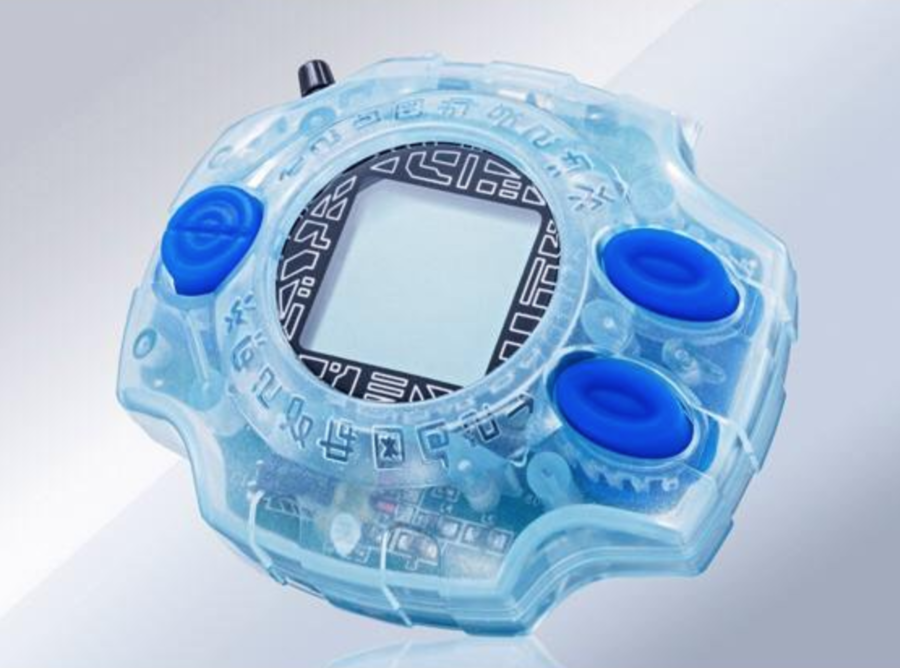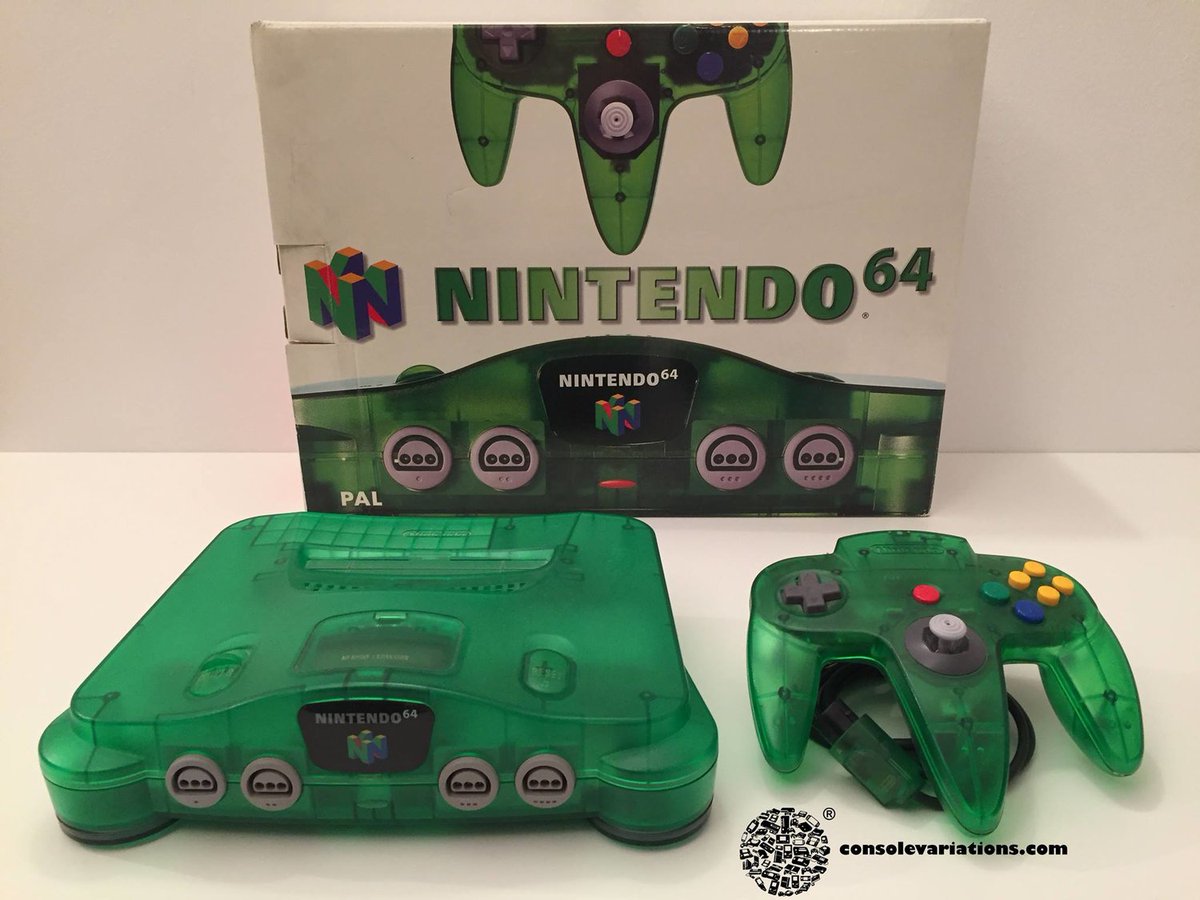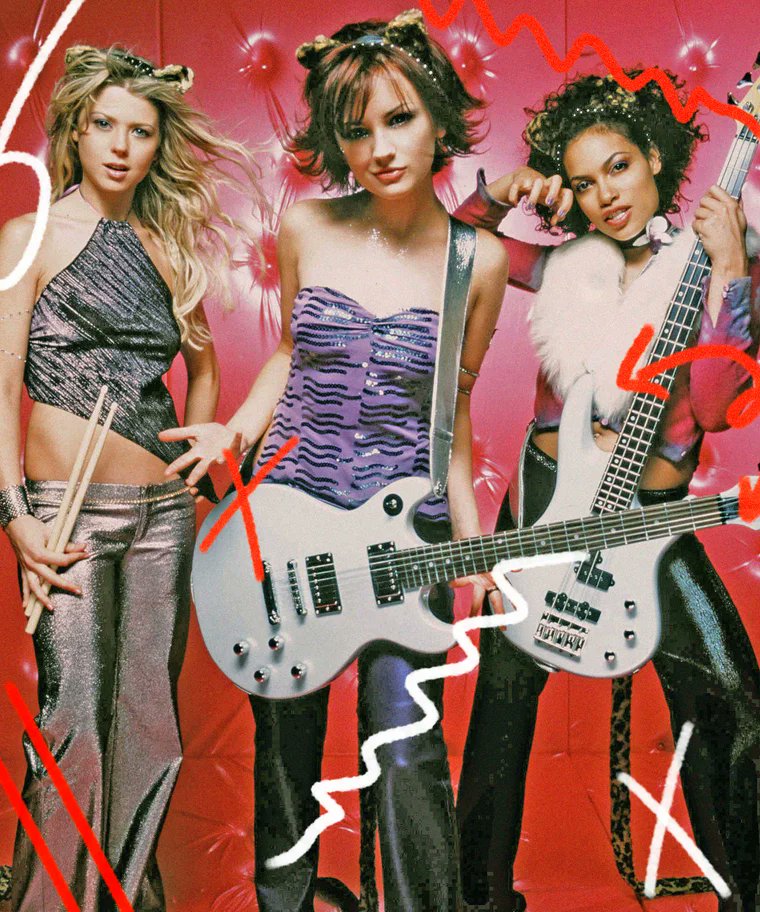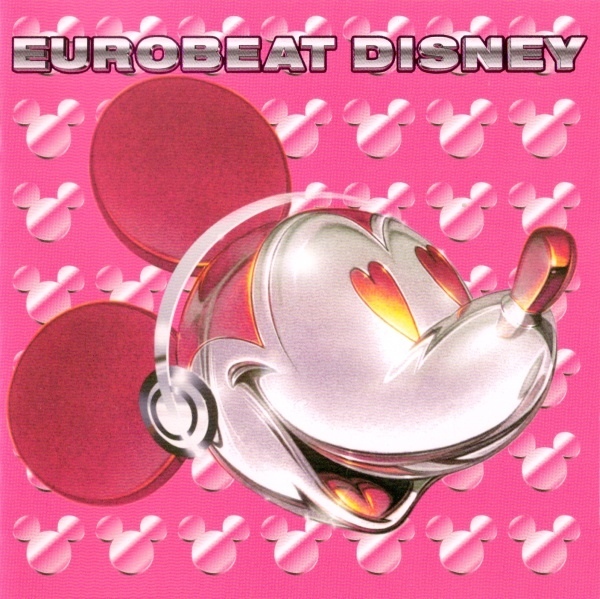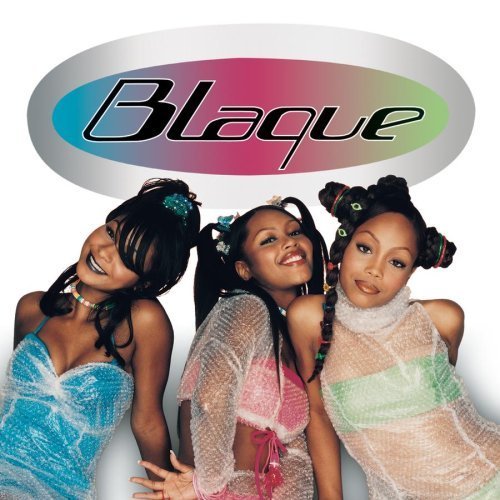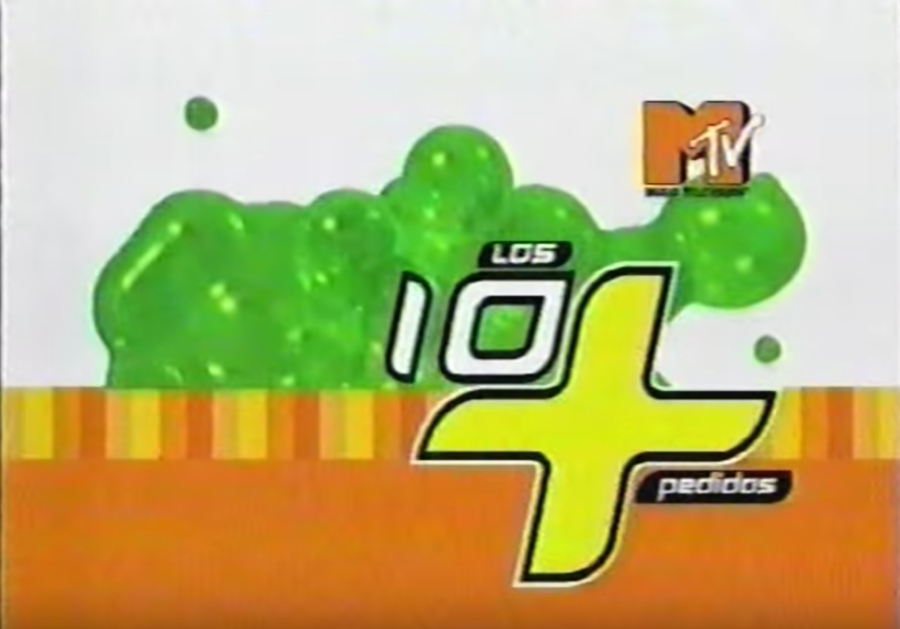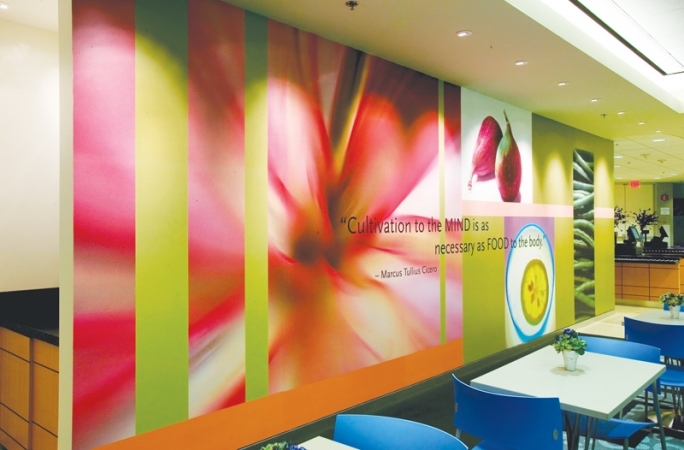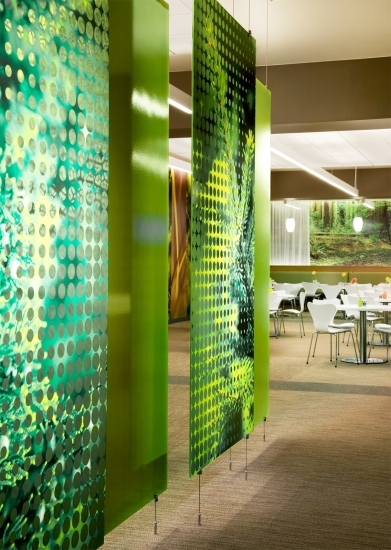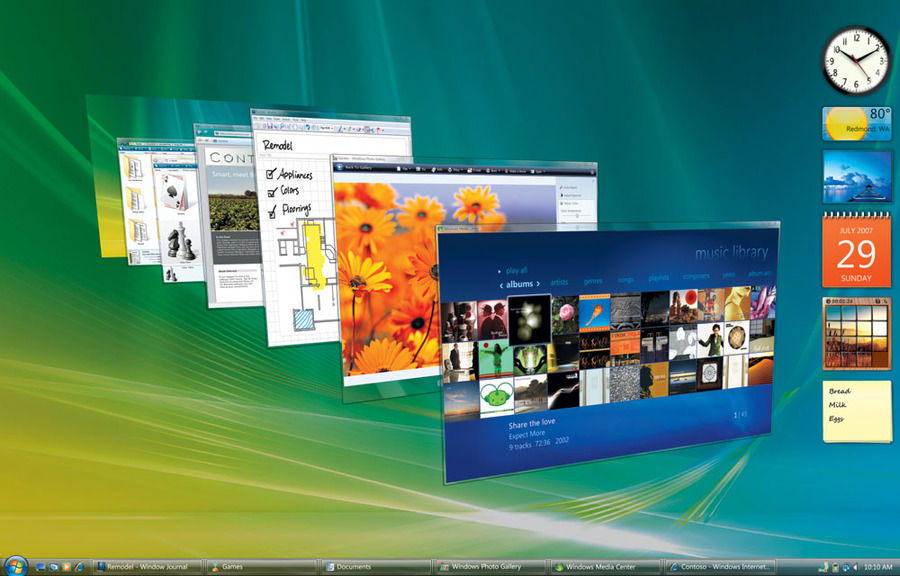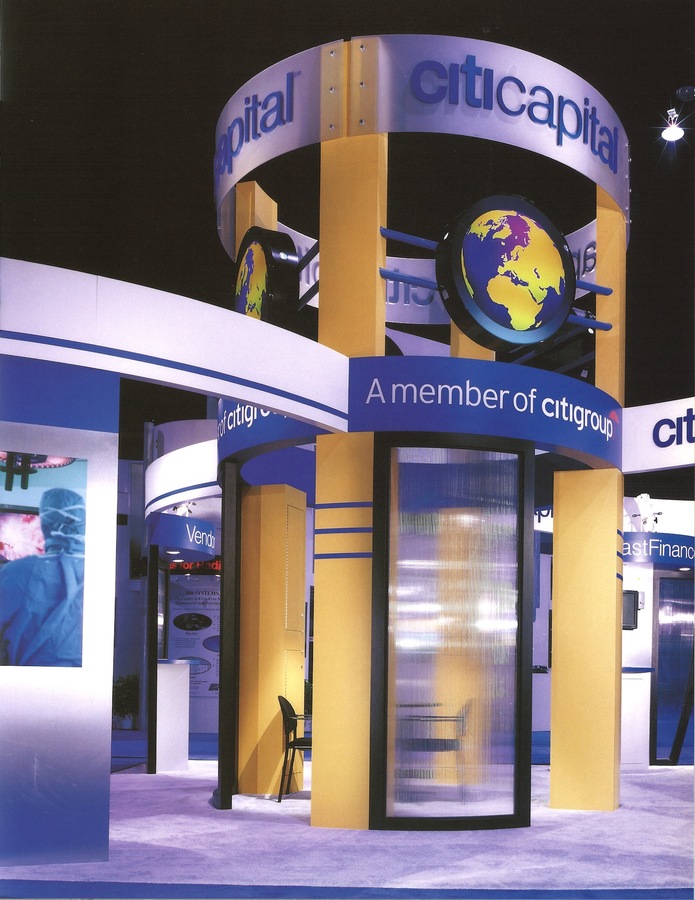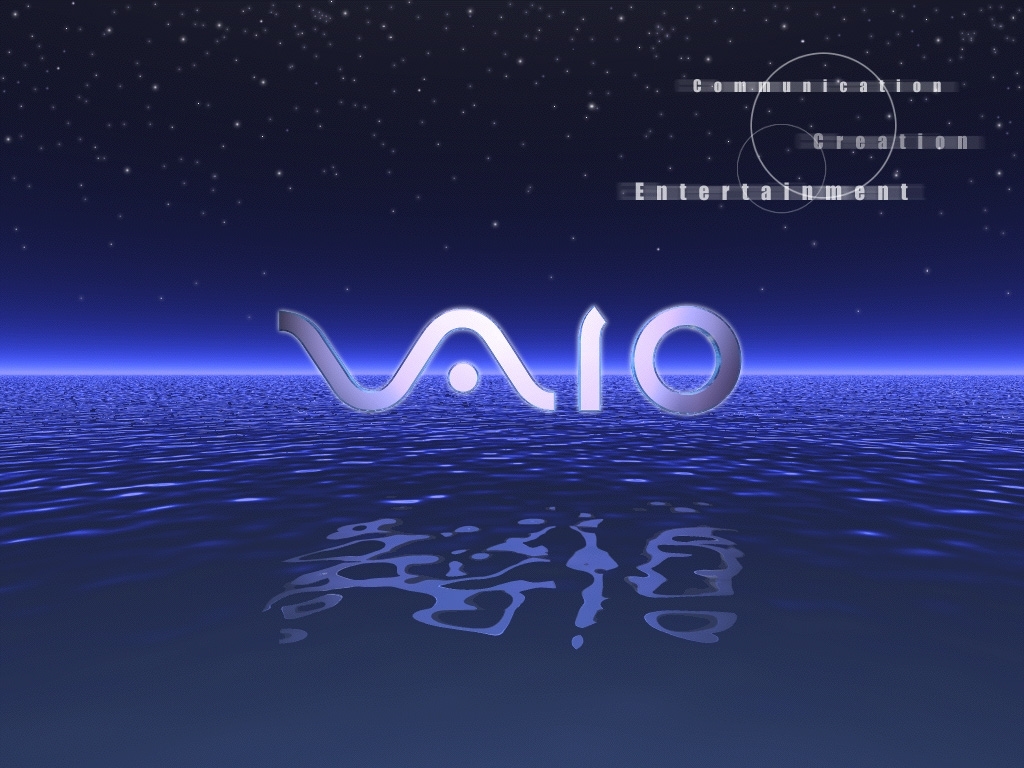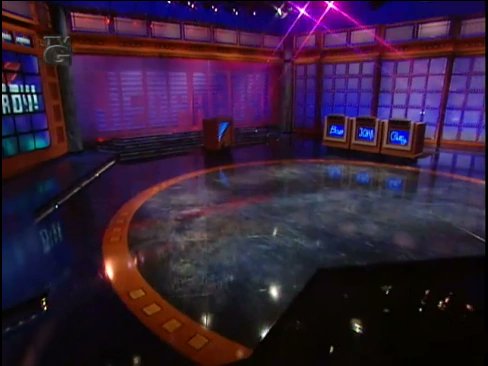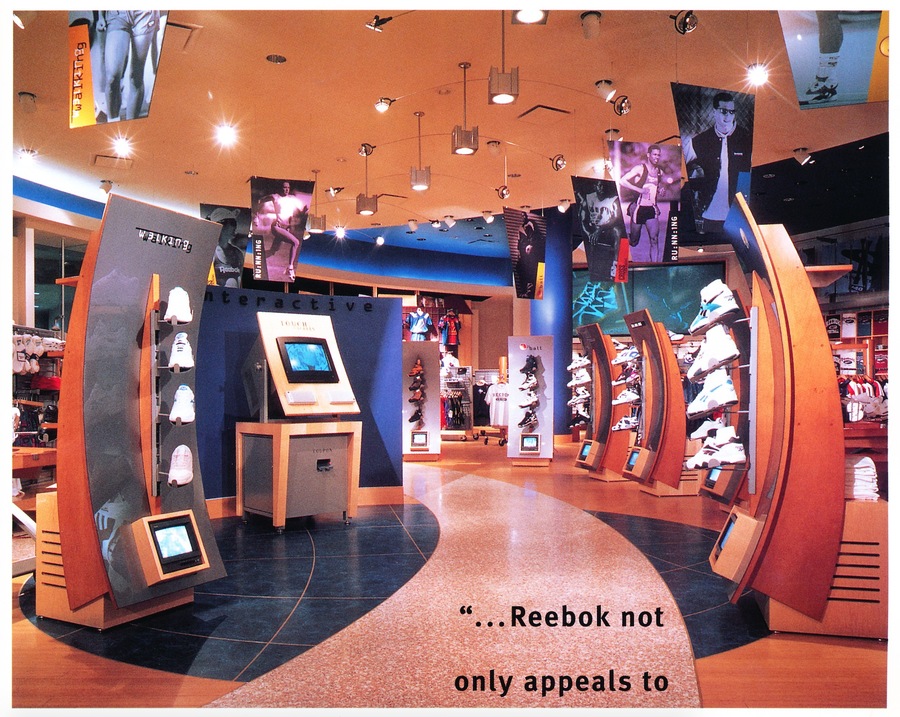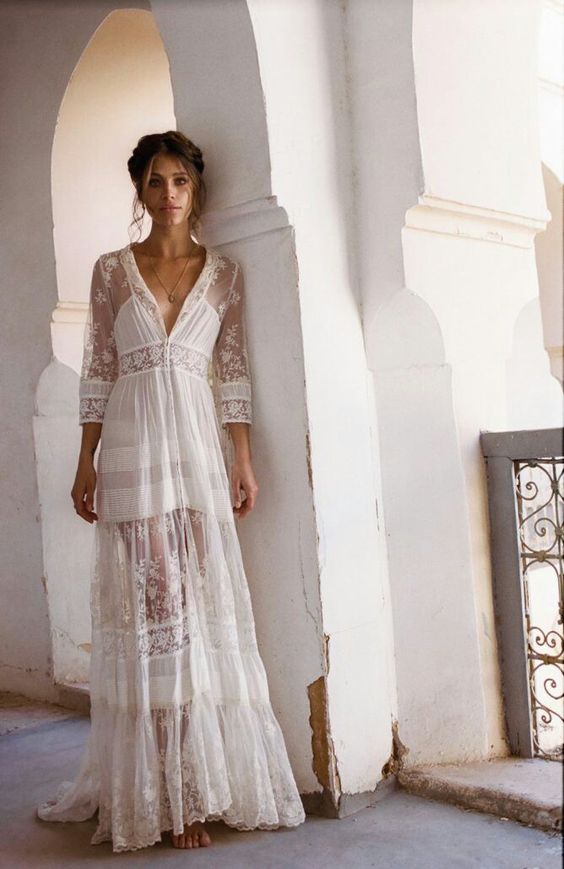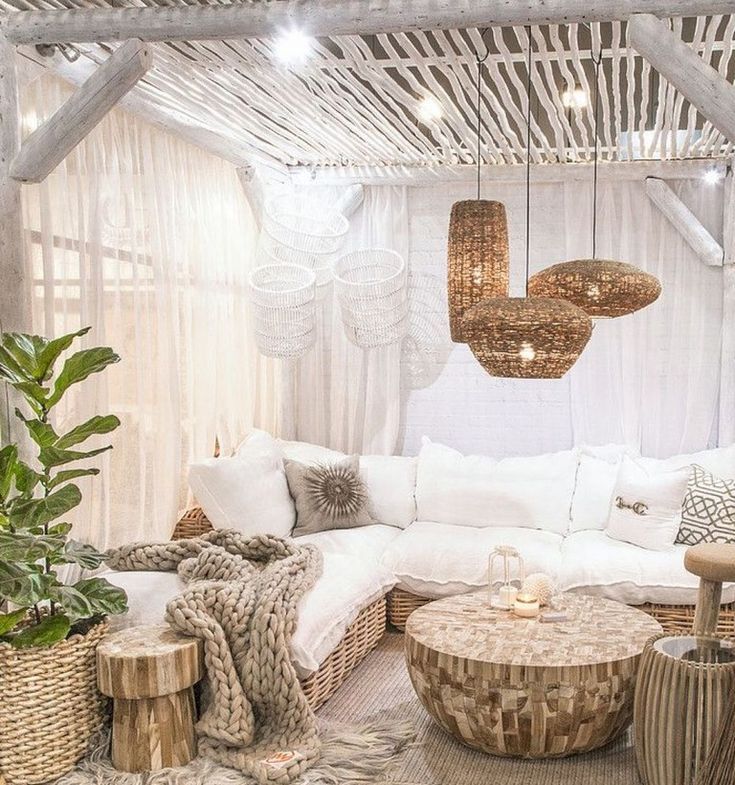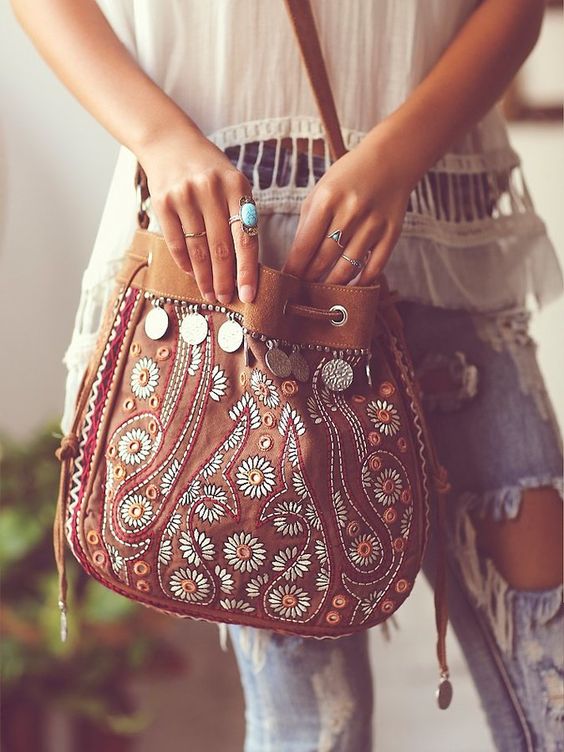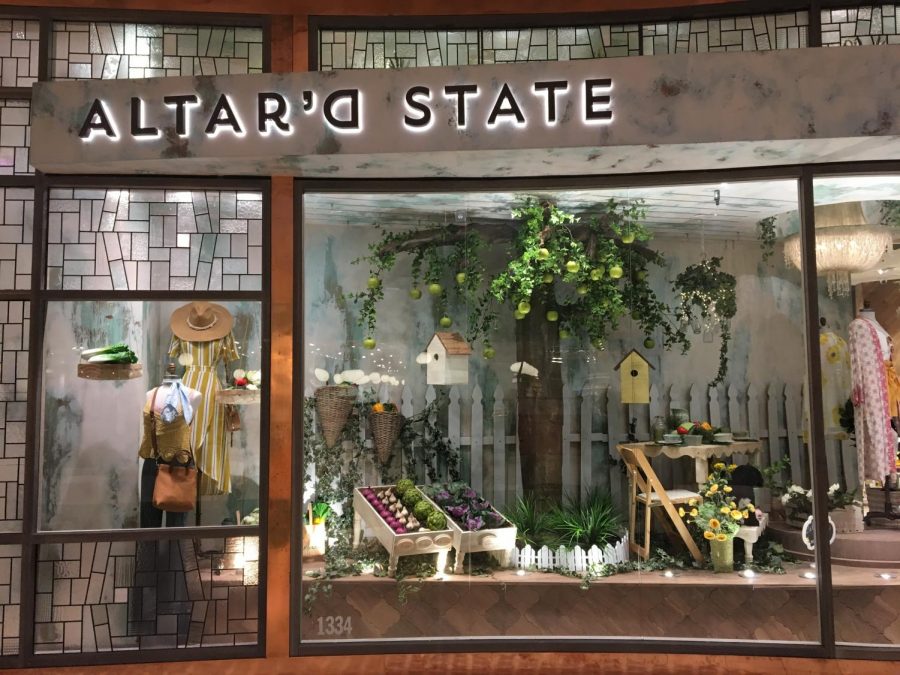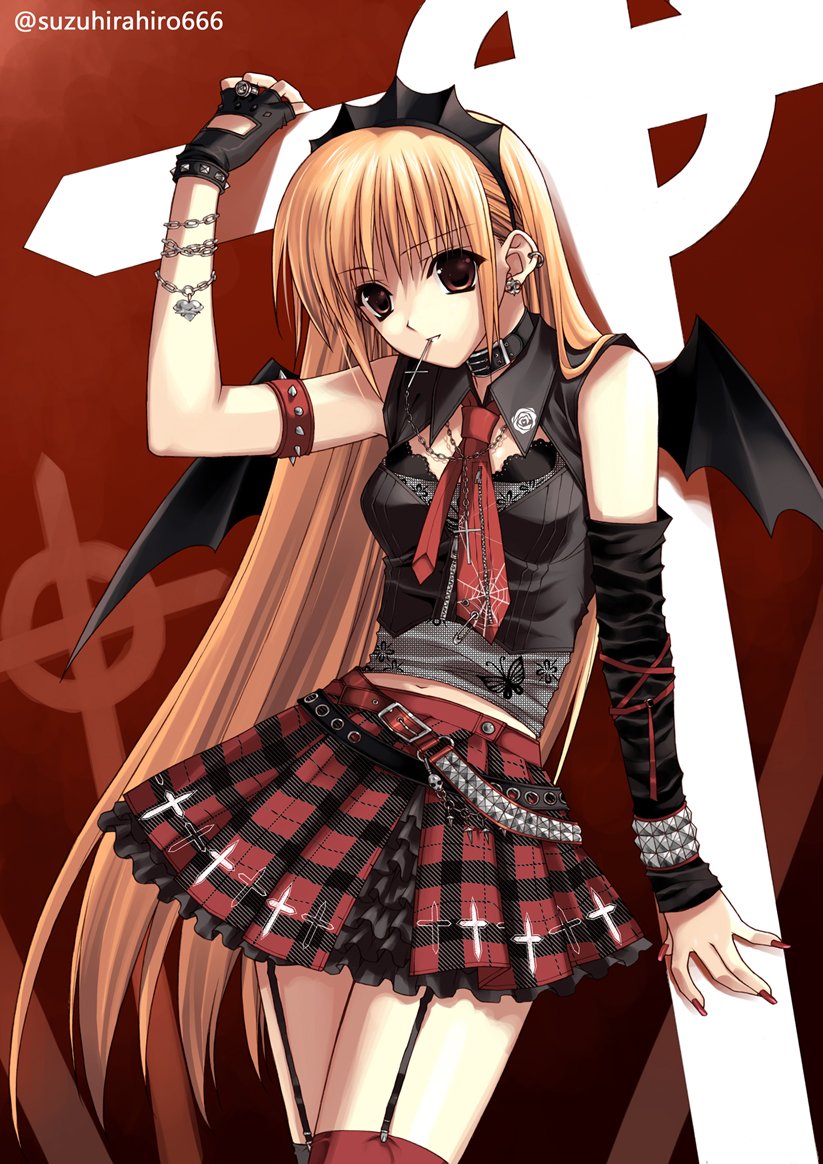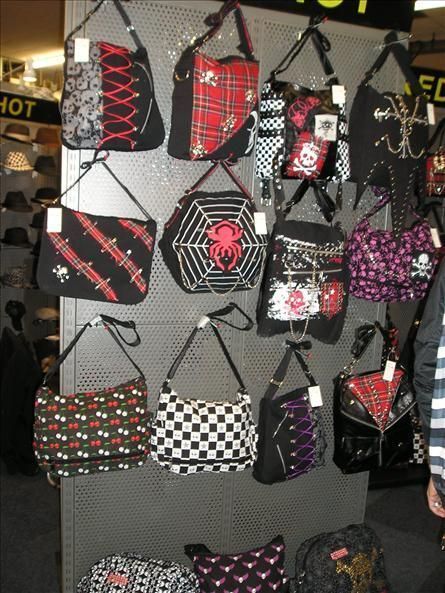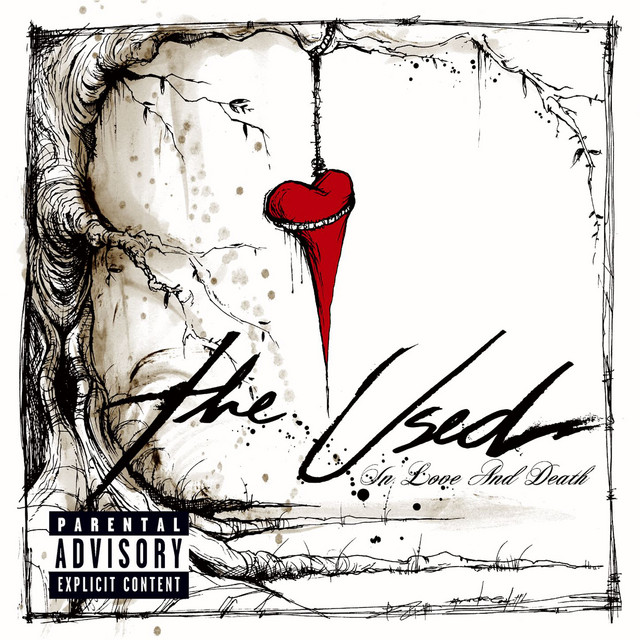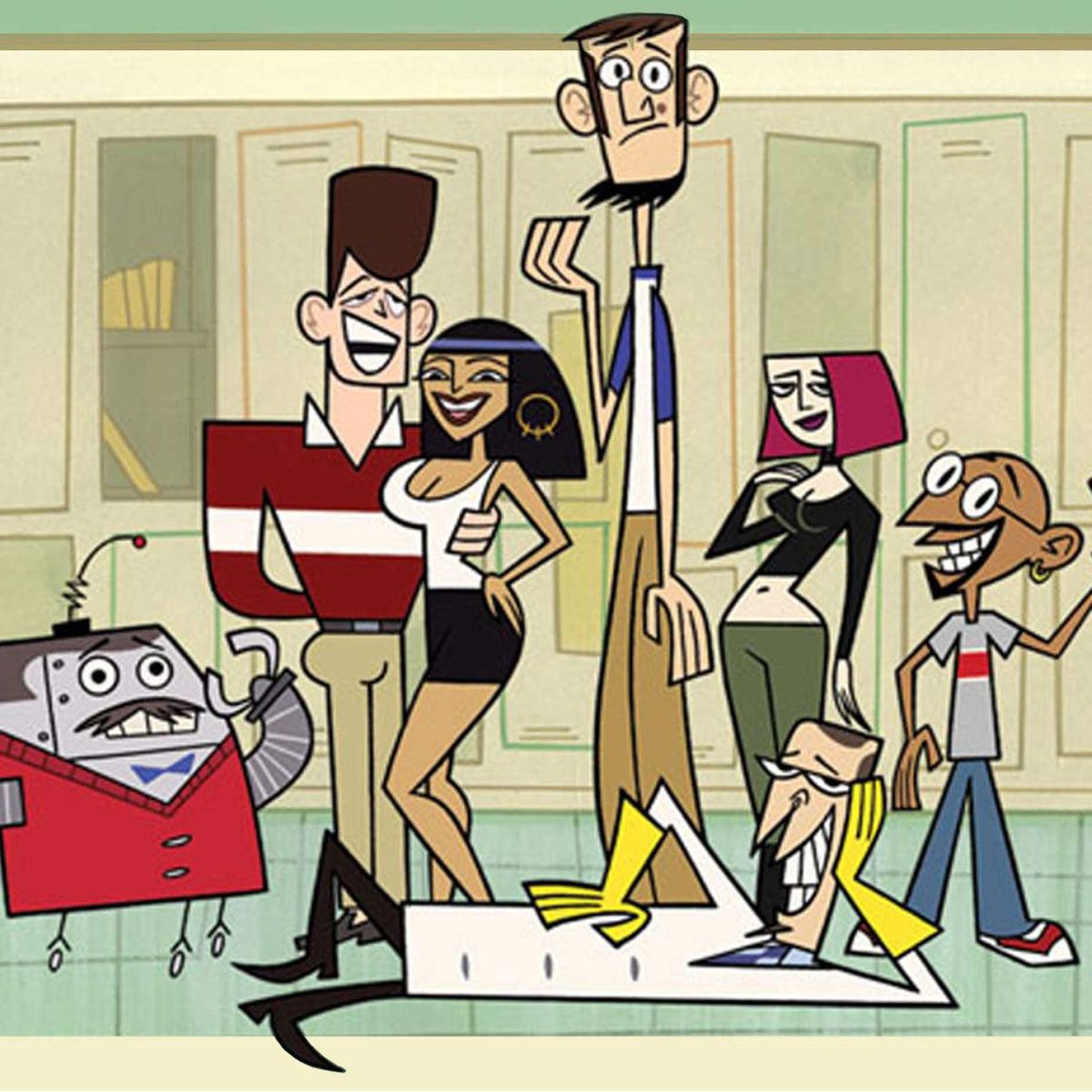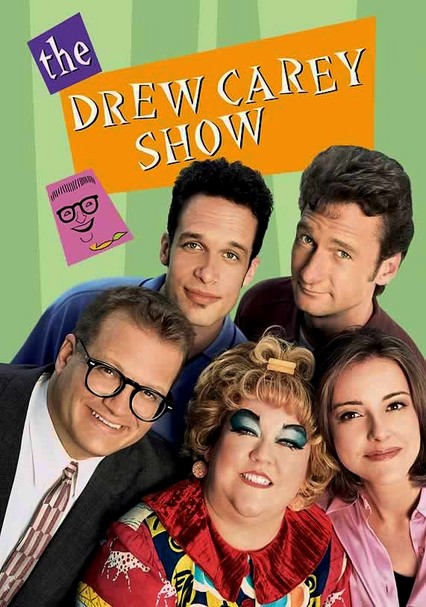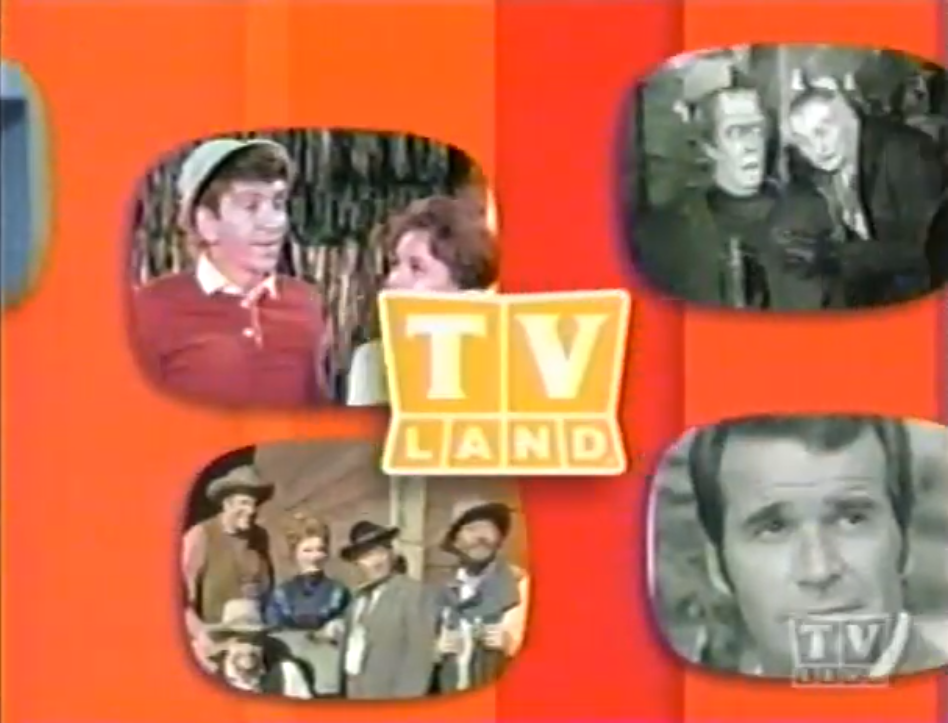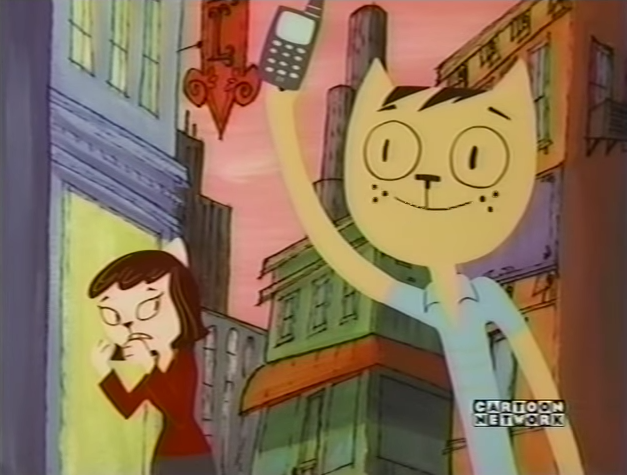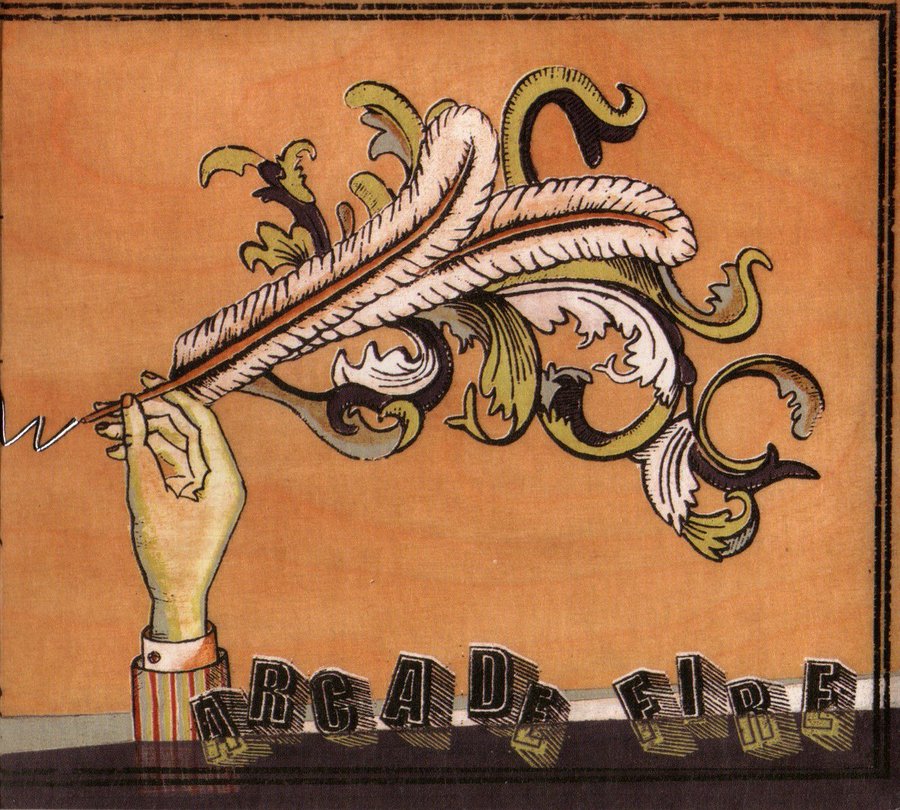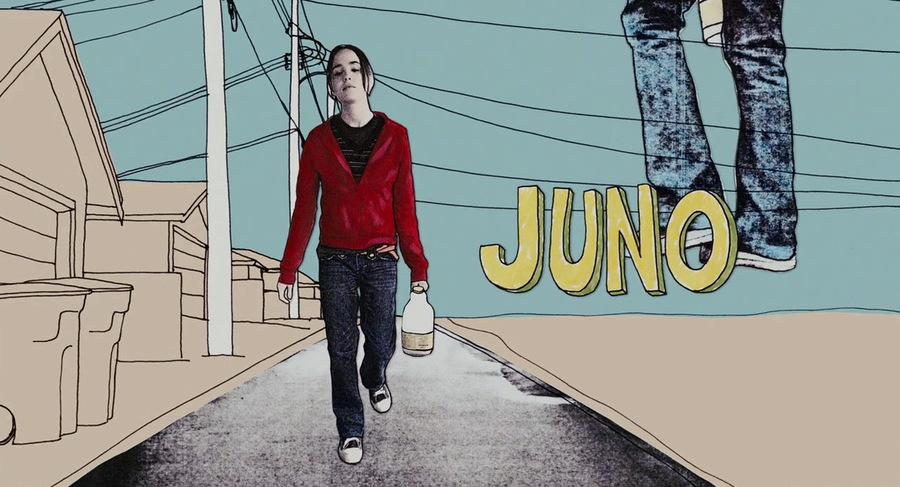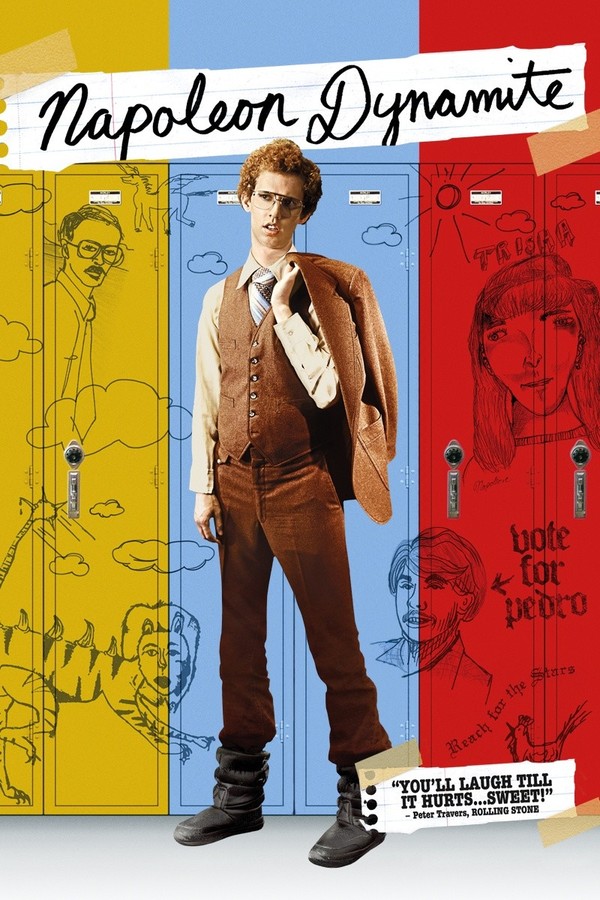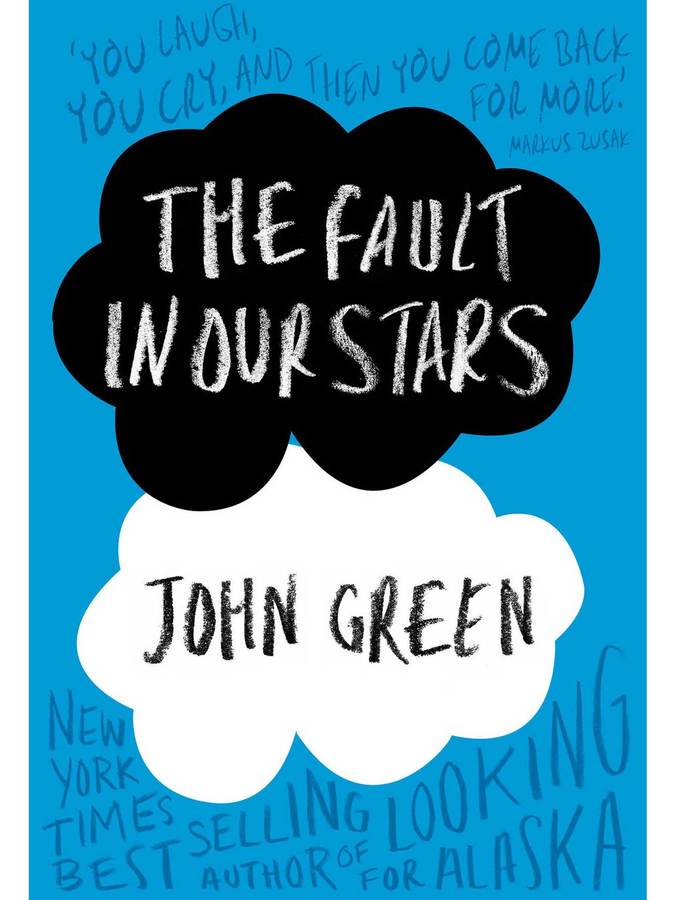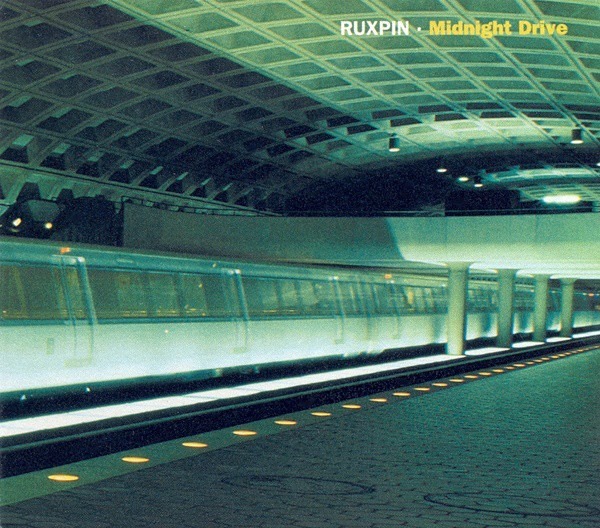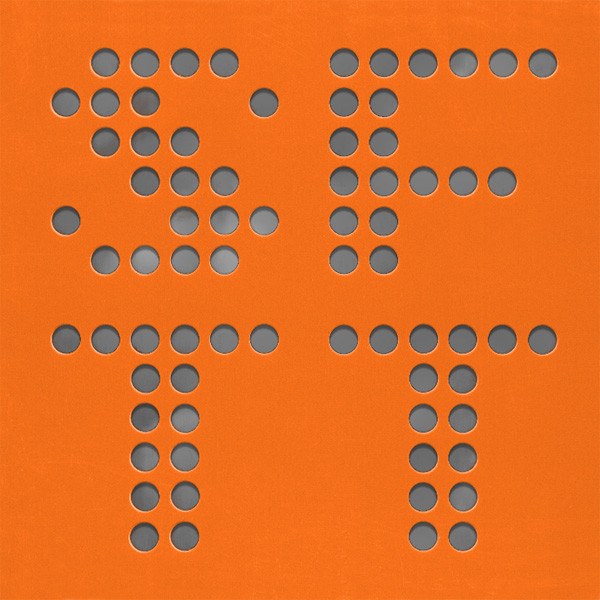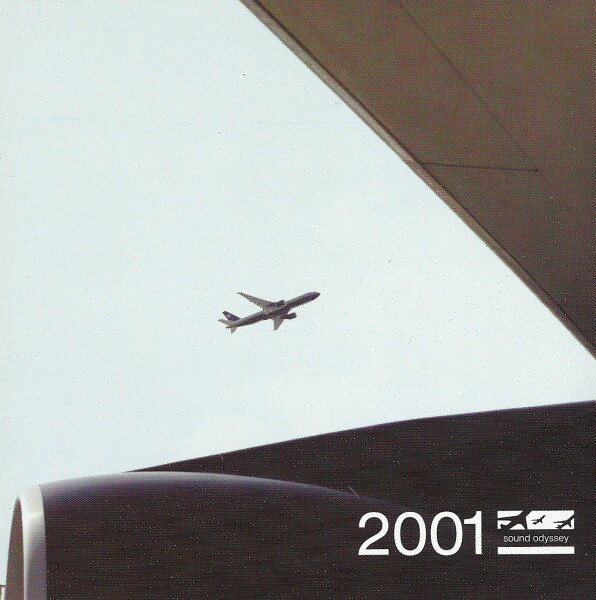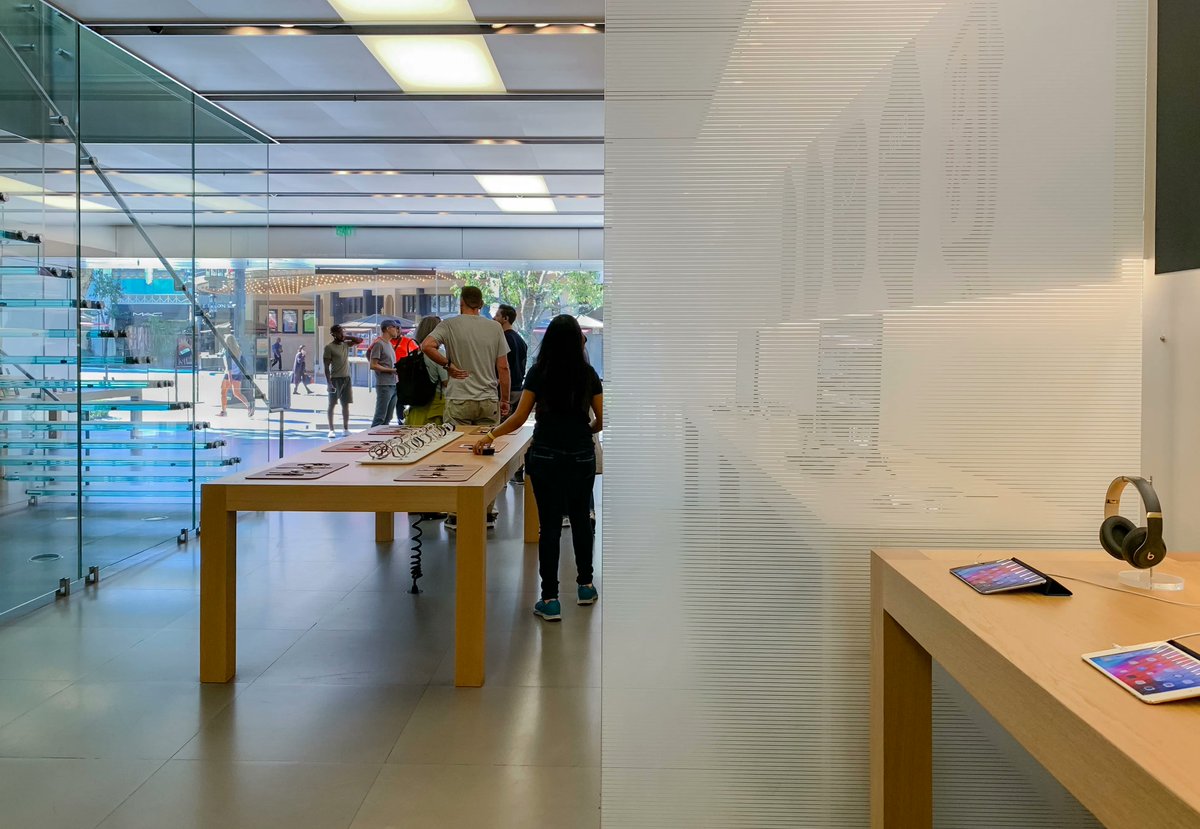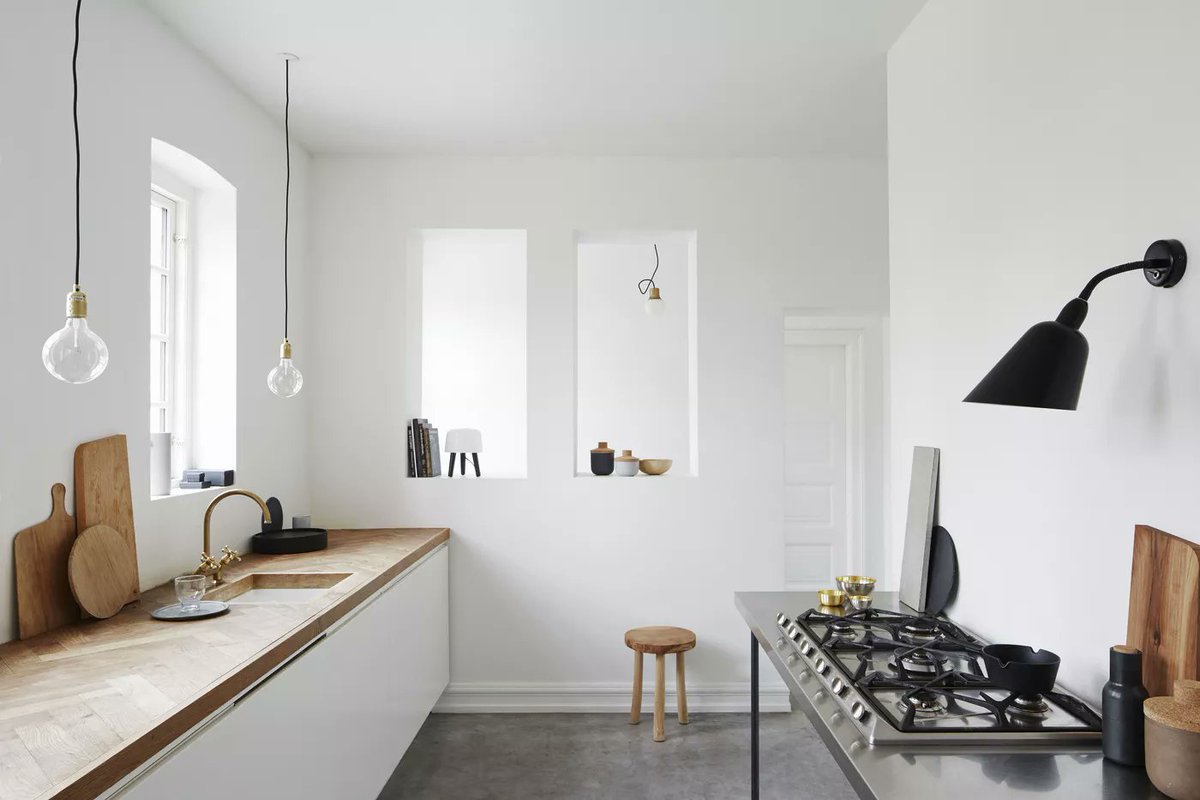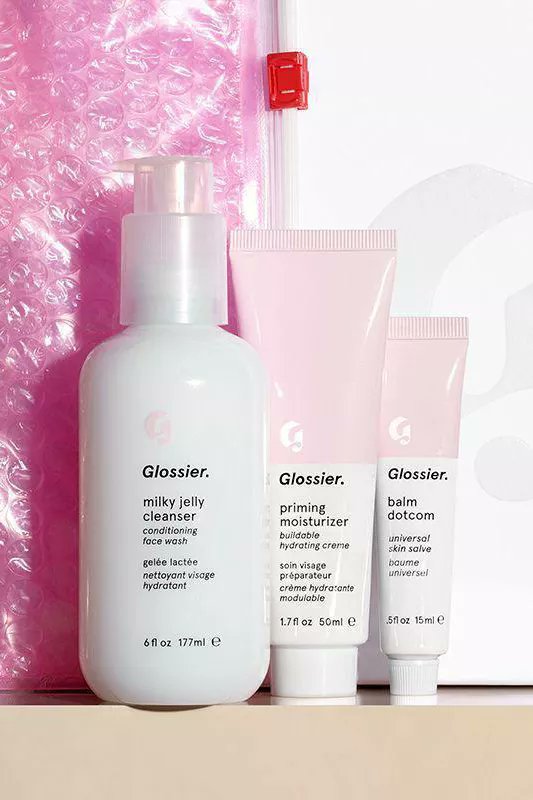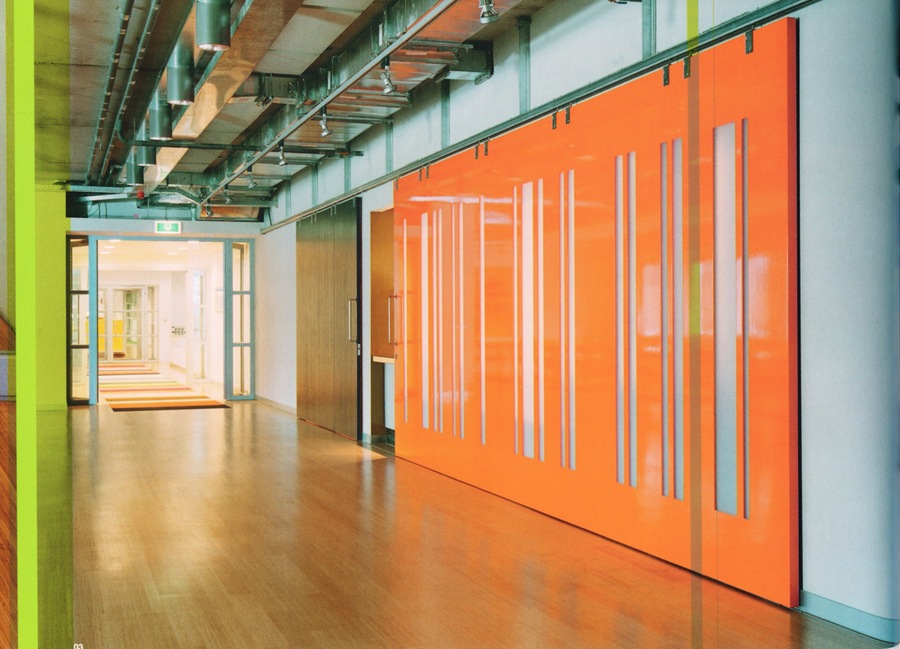Now to go into more detail about the following aesthetics. https://twitter.com/KaiserBeamz/status/1291181650005626882
McBling
An aesthetic that emerged sometime in 2003 where the philosophy was that consumption was the remedy to the collective trauma felt by 9/11. Celebrating luxury in a maximalist, almost 70s inspired way, it ultimately died out once the Great Recession hit.
An aesthetic that emerged sometime in 2003 where the philosophy was that consumption was the remedy to the collective trauma felt by 9/11. Celebrating luxury in a maximalist, almost 70s inspired way, it ultimately died out once the Great Recession hit.
Ultramodern Millennial
A futurist revival of the Ultramodern movement of the 1970s. Beginning sometime in the late 90s, the core look of this aesthetic was shiny metals, rounded shapes and fonts, and inflatable furniture. What you think of when you think "Y2K aesthetic".
A futurist revival of the Ultramodern movement of the 1970s. Beginning sometime in the late 90s, the core look of this aesthetic was shiny metals, rounded shapes and fonts, and inflatable furniture. What you think of when you think "Y2K aesthetic".
Warped Scenecore
Mall Gothic's more extroverted cousin, Warped Scenecore emerged in the mid-2000s. A smattering of emo music, cartoons, and early meme culture, Warped Scenecore sought to be dark and edgy in a brighter, happier and more obnoxious way.
Mall Gothic's more extroverted cousin, Warped Scenecore emerged in the mid-2000s. A smattering of emo music, cartoons, and early meme culture, Warped Scenecore sought to be dark and edgy in a brighter, happier and more obnoxious way.
Superflat
A post-modern Japanese aesthetic that drew from graffiti and anime as a commentary on Japanese consumer culture. Though soon comidified itself, the Superflat aesthetic was versatile in how it could be executed; either being used to subvert or be played straight.
A post-modern Japanese aesthetic that drew from graffiti and anime as a commentary on Japanese consumer culture. Though soon comidified itself, the Superflat aesthetic was versatile in how it could be executed; either being used to subvert or be played straight.
Street Punk Primitivism
Taking root at the turn of the millennium when skate culture and alternative hip hop reigned supreme, Street Punk Primitivism replicated the popular graffiti aesthetics while still maintaining elements such as the urban grit and heavily angular designs.
Taking root at the turn of the millennium when skate culture and alternative hip hop reigned supreme, Street Punk Primitivism replicated the popular graffiti aesthetics while still maintaining elements such as the urban grit and heavily angular designs.
Metalheart
Named after the Andreas Lindholm book of the same name, Metalheart became a popular aesthetic in the early 00s as result of the success of The Matrix. Its biopunk maximalism and edgy futurism would eventually become over-saturated and it was gone by 2004.
Named after the Andreas Lindholm book of the same name, Metalheart became a popular aesthetic in the early 00s as result of the success of The Matrix. Its biopunk maximalism and edgy futurism would eventually become over-saturated and it was gone by 2004.
Digital Futurism
The flip-side to Metalheart, this aesthetic imagined a cleaner, but still stylish future. Core components of Digital Futurism include emphasis on liquidity, round ultramodernism and transparent yet colorful technology.
The flip-side to Metalheart, this aesthetic imagined a cleaner, but still stylish future. Core components of Digital Futurism include emphasis on liquidity, round ultramodernism and transparent yet colorful technology.
Bubblegum Pop
An offshoot of Ultramodern Millennial, Bubblegum Pop drew a lot more from the fun-loving disco culture of the late 70s while still giving it a modern edge. Being the primary aesthetic marketed towards young girls of the early 00s, femininity was great emphasized.
An offshoot of Ultramodern Millennial, Bubblegum Pop drew a lot more from the fun-loving disco culture of the late 70s while still giving it a modern edge. Being the primary aesthetic marketed towards young girls of the early 00s, femininity was great emphasized.
Frutiger Aero
Named after typeface designer Adrian Frutiger , Frutiger Aero was the ultimate tech aesthetic of the latter half of the 2000s. Wanting to reconcile natural humanism with technology, core concepts were rich greens and blues mixed with glossy modern tech.
Named after typeface designer Adrian Frutiger , Frutiger Aero was the ultimate tech aesthetic of the latter half of the 2000s. Wanting to reconcile natural humanism with technology, core concepts were rich greens and blues mixed with glossy modern tech.
Cyber Urbane
An offshot of the 90s Cyber Corporate aesthetic, Cyber Urbane desired to design a future for sophisticated adults. Deep blues and indigos contrasted with blond wood and flat surfaces were core components. Ultimately replaced by Frutiger Aero around 2006.
An offshot of the 90s Cyber Corporate aesthetic, Cyber Urbane desired to design a future for sophisticated adults. Deep blues and indigos contrasted with blond wood and flat surfaces were core components. Ultimately replaced by Frutiger Aero around 2006.
BoHo-Chic
Short for Bohemian Chic, this hippie inspired aesthetic sought a return to the natural while still having the style of McBling. BoHo-Chic drew from many inspirations from Roma and Indian fashions to bungalow interior designs. Still exists, albeit in a more subdued form
Short for Bohemian Chic, this hippie inspired aesthetic sought a return to the natural while still having the style of McBling. BoHo-Chic drew from many inspirations from Roma and Indian fashions to bungalow interior designs. Still exists, albeit in a more subdued form
Mall Gothic
Mall Gothic desired to return goth back to its roots after the overly-commercial Whimsigoth style of the 90s. Stark blacks, whites and reds, alongside inky, sketchy lineart, the popularity of nu metal and emo kept Mall Gothic alive for all of the 00s.
Mall Gothic desired to return goth back to its roots after the overly-commercial Whimsigoth style of the 90s. Stark blacks, whites and reds, alongside inky, sketchy lineart, the popularity of nu metal and emo kept Mall Gothic alive for all of the 00s.
UPA Revival
Imitating the planned animation style of the 50s, UPA Revival reveled in its simplicity and flatness to produce art that could either evoke cheesy nostalgia or pure hipness. A very popular aesthetic for TV cartoons, network bumpers and DVD boxart.
Imitating the planned animation style of the 50s, UPA Revival reveled in its simplicity and flatness to produce art that could either evoke cheesy nostalgia or pure hipness. A very popular aesthetic for TV cartoons, network bumpers and DVD boxart.
Twee Hipsterdom
A quirky yet earnestly innocent art movement that grew huge thanks in part to the indie film and rock boom of the mid-2000s. Defined by loose drawings, handcrafted elements, and an indescribable "retroness", Twee Hipsterdom died in the early 10s via overexposure.
A quirky yet earnestly innocent art movement that grew huge thanks in part to the indie film and rock boom of the mid-2000s. Defined by loose drawings, handcrafted elements, and an indescribable "retroness", Twee Hipsterdom died in the early 10s via overexposure.
Gen-X Soft Club
Gen-X Soft Club drew less from the "retro-futurism" of Ultramodern Millennial in favor creating its own future that was cold, sterile and minimalist. The aesthetic of choice of electronic music of the early 00s, it would soon fade around 2003.
Gen-X Soft Club drew less from the "retro-futurism" of Ultramodern Millennial in favor creating its own future that was cold, sterile and minimalist. The aesthetic of choice of electronic music of the early 00s, it would soon fade around 2003.
Corporate Minimalism
Both the introduction of the iPhone and the Great Recession brought this aesthetic to the forefront. A homogenized form of Soft Club style, this aesthetic was utilitarian, visually-striking and, above all else, cheap. Which is why it still exists today.
Both the introduction of the iPhone and the Great Recession brought this aesthetic to the forefront. A homogenized form of Soft Club style, this aesthetic was utilitarian, visually-striking and, above all else, cheap. Which is why it still exists today.

 Read on Twitter
Read on Twitter